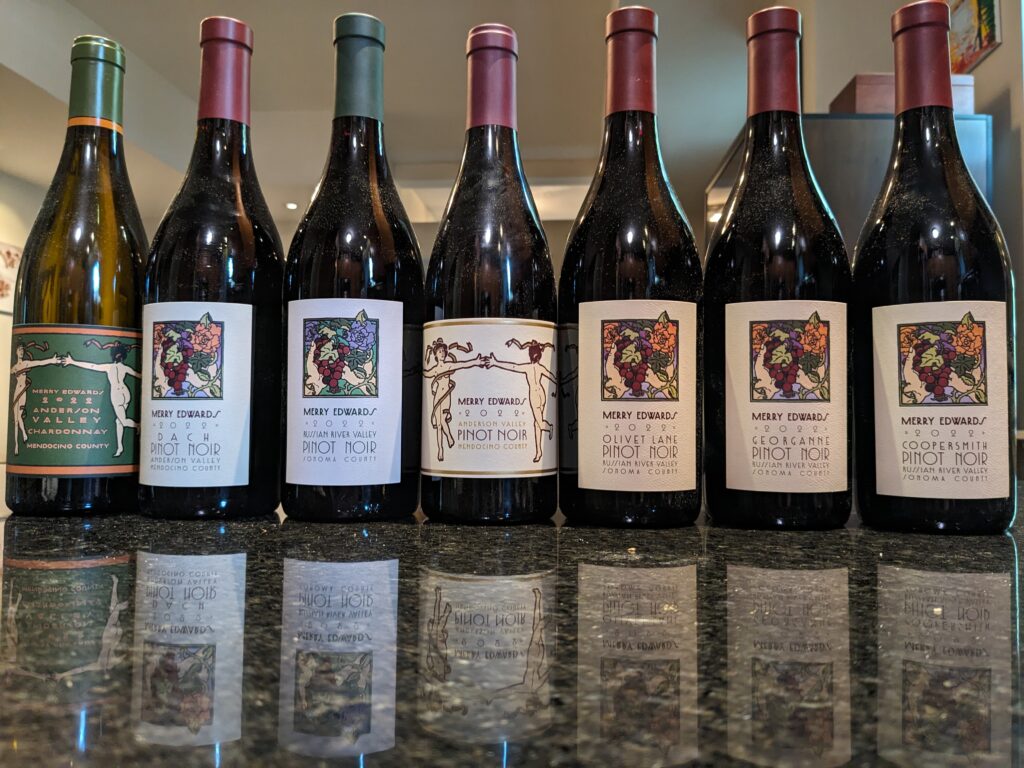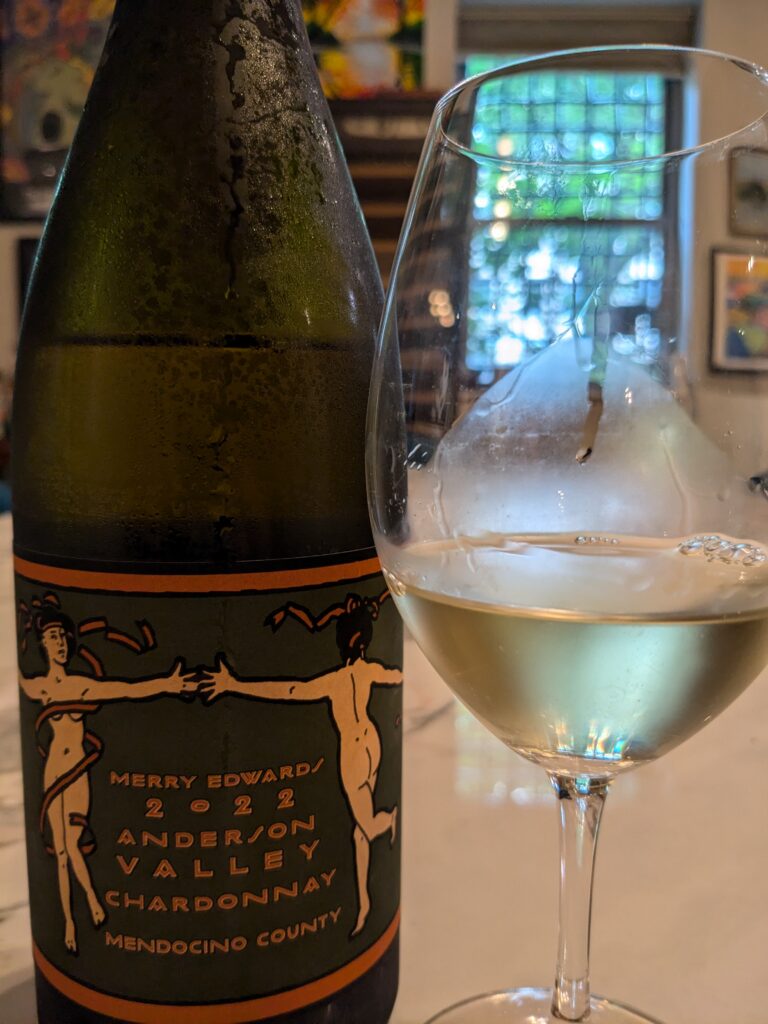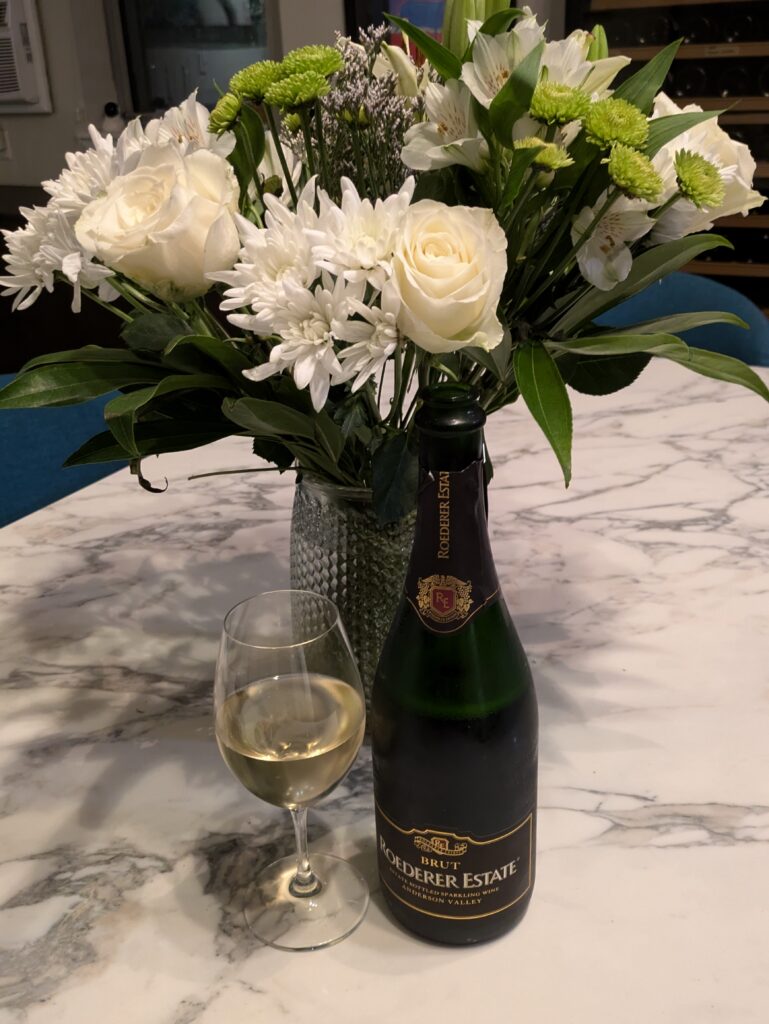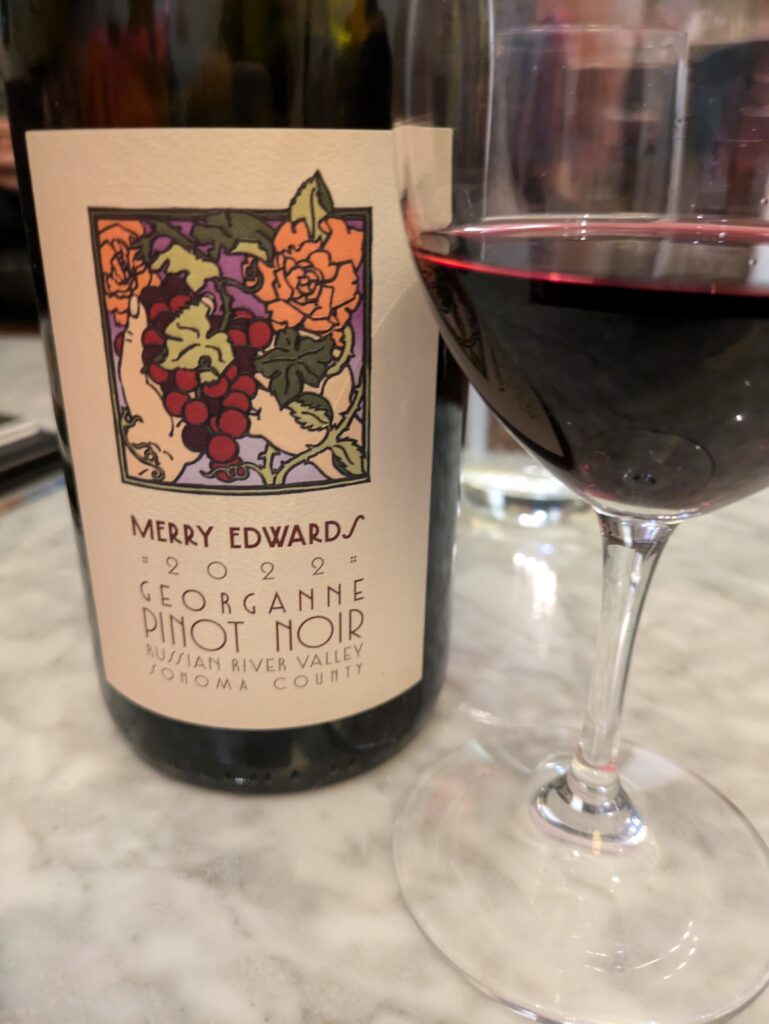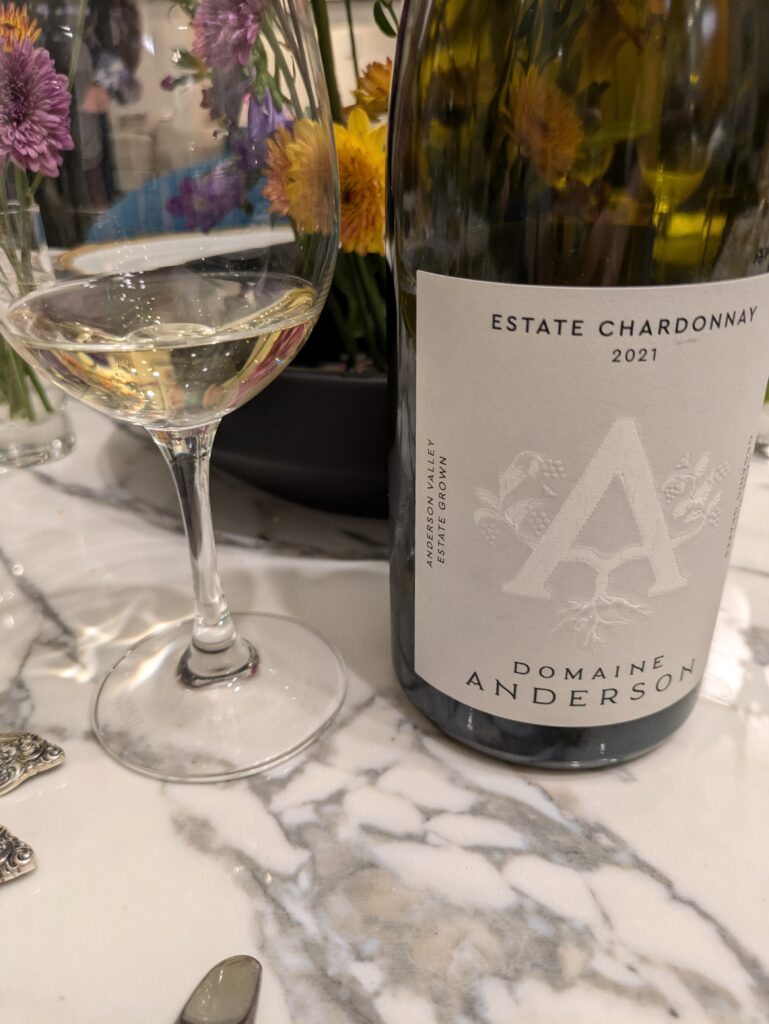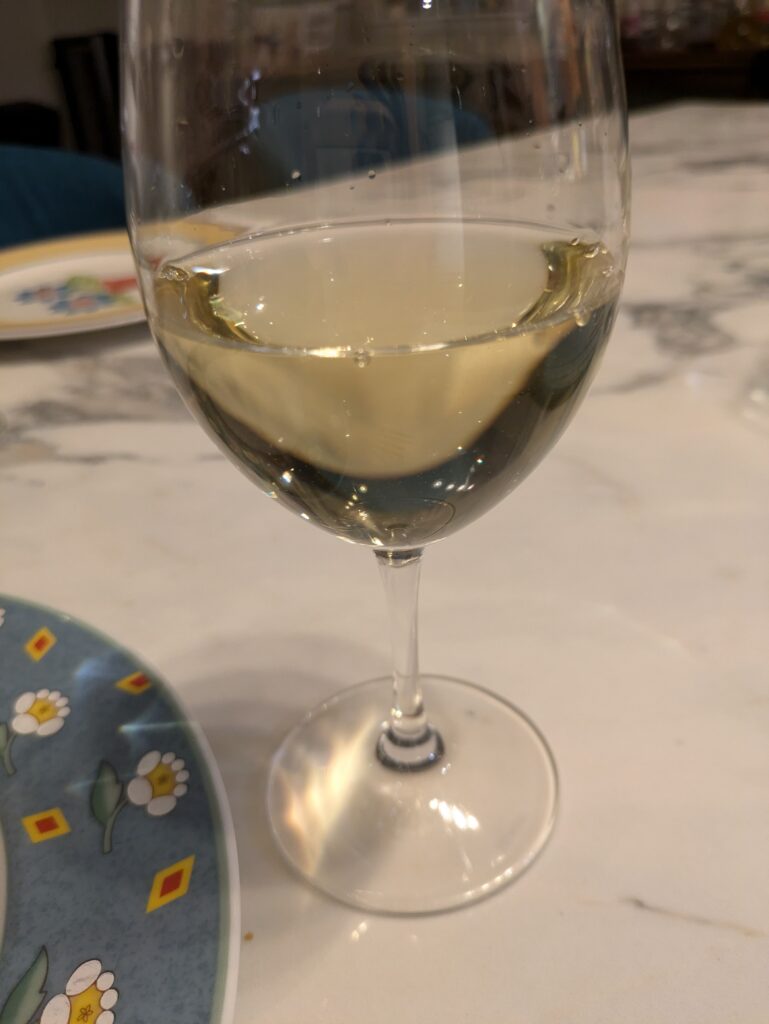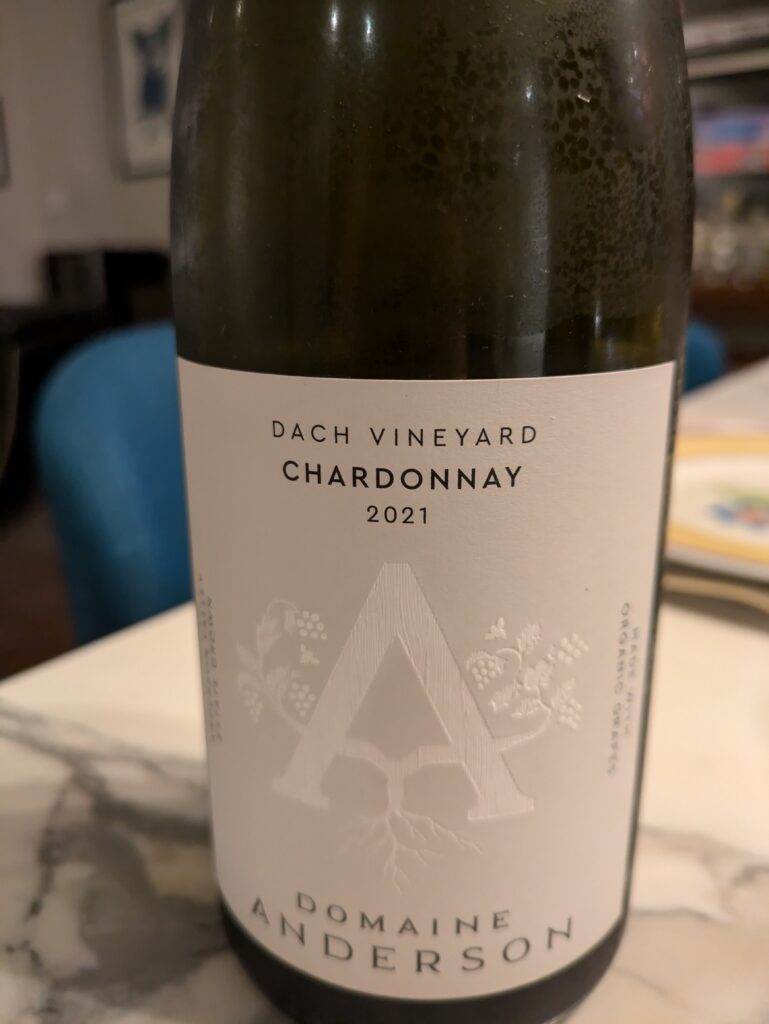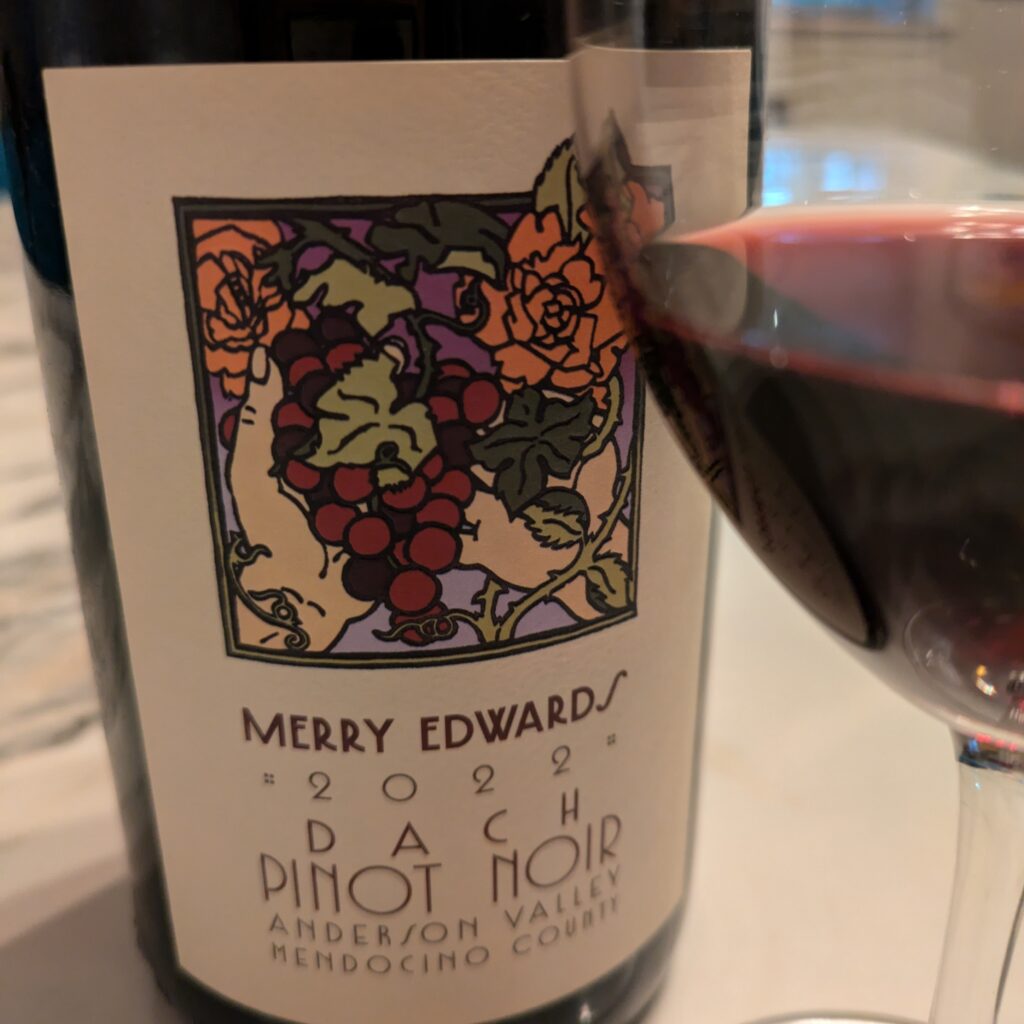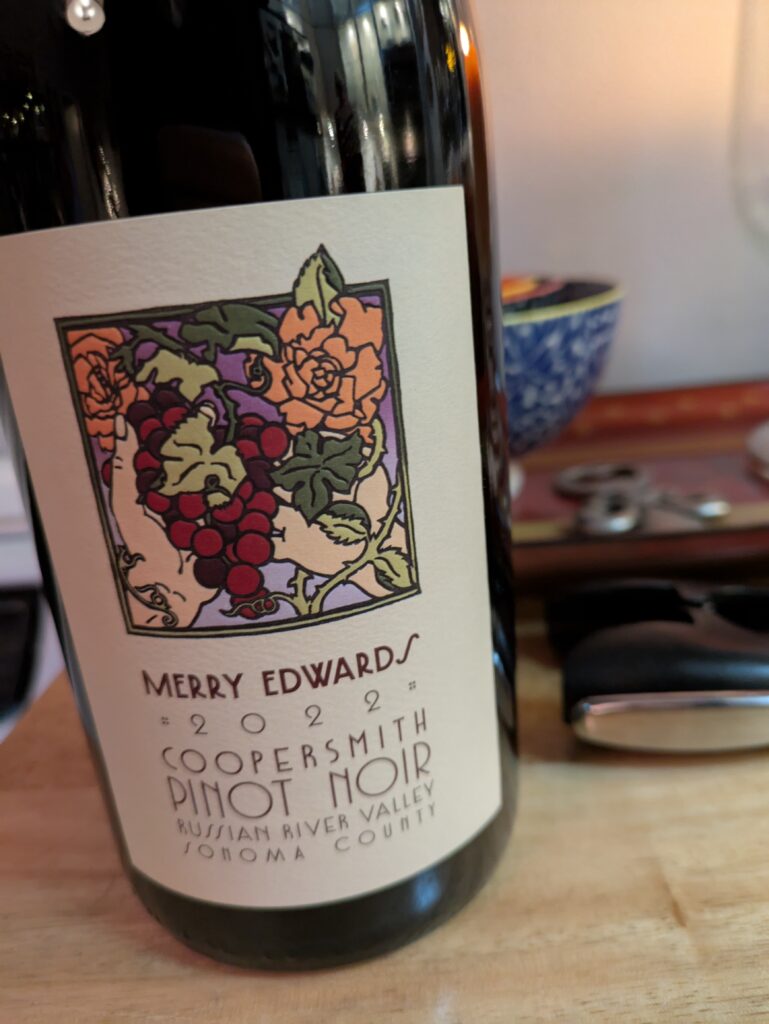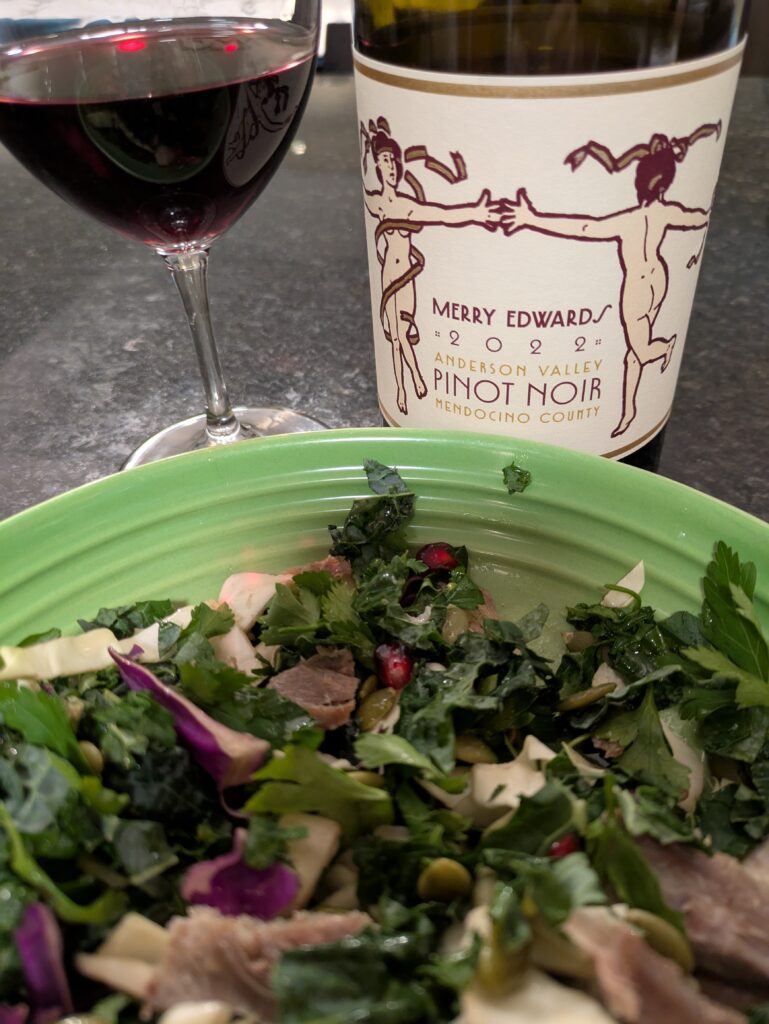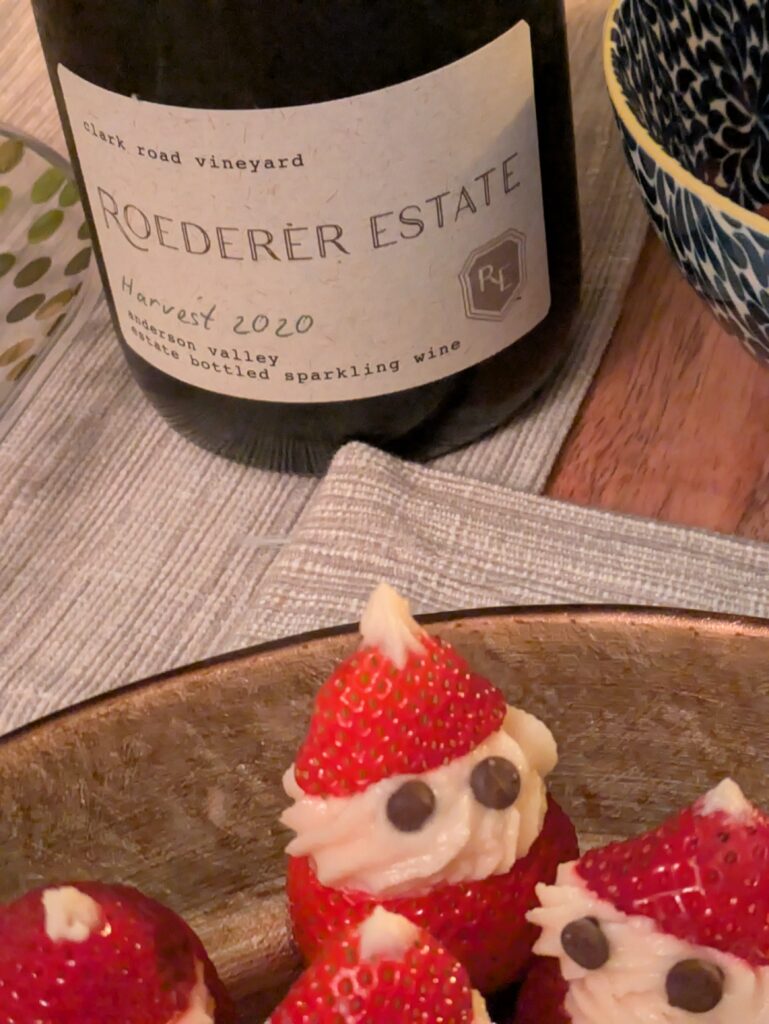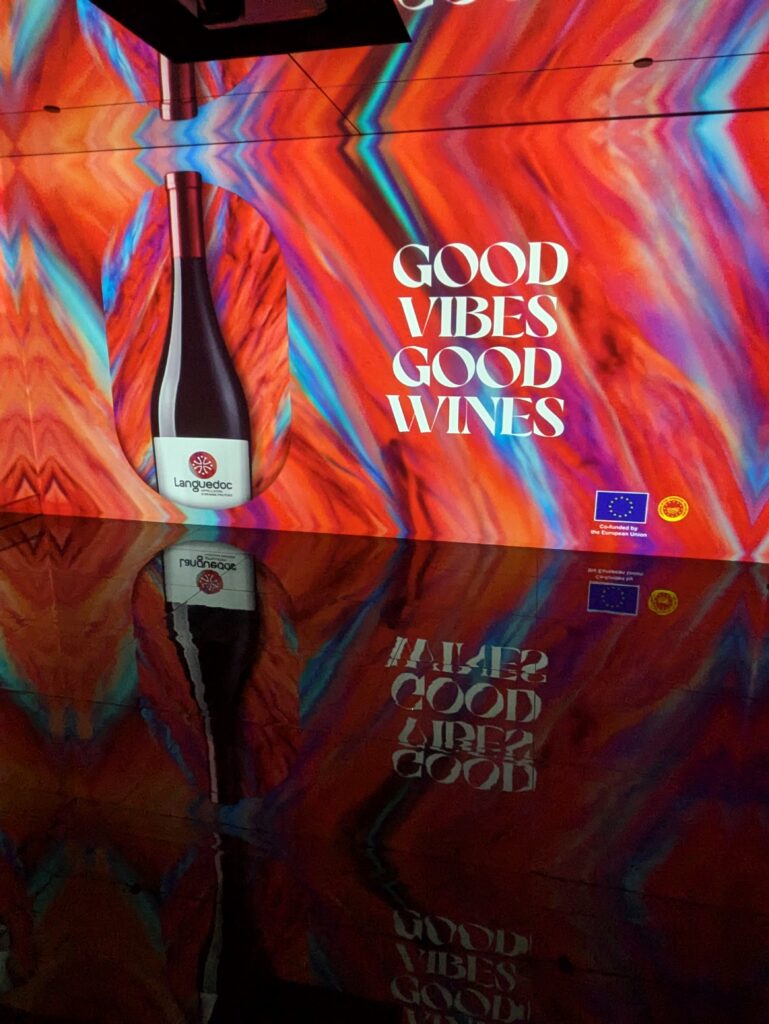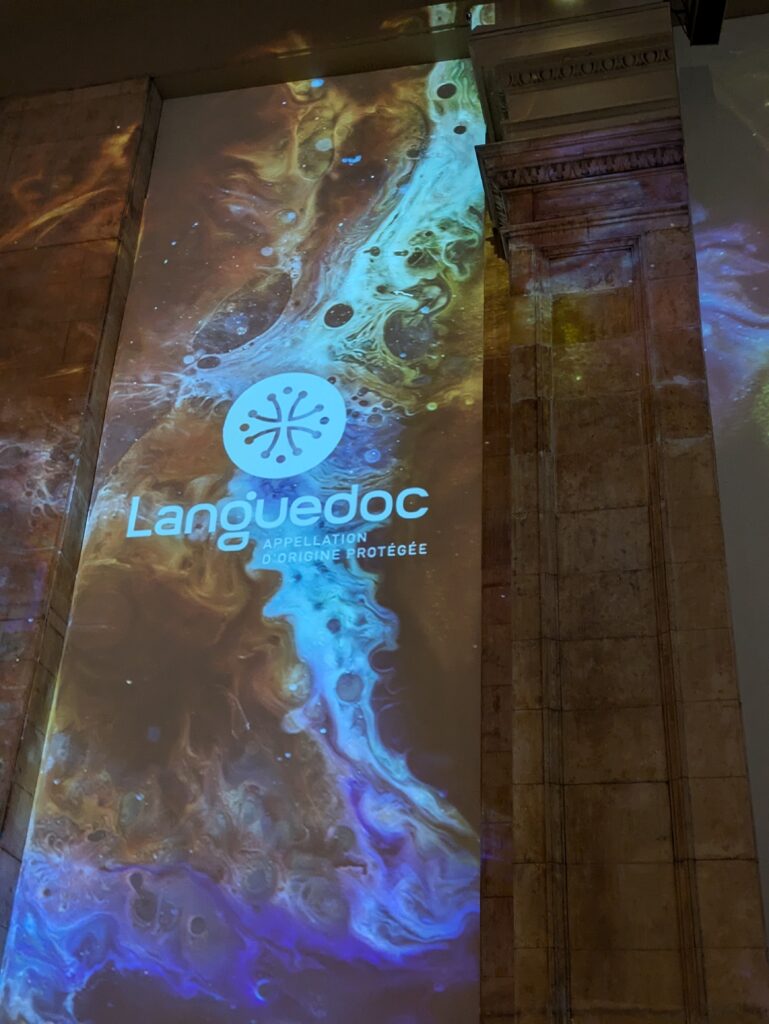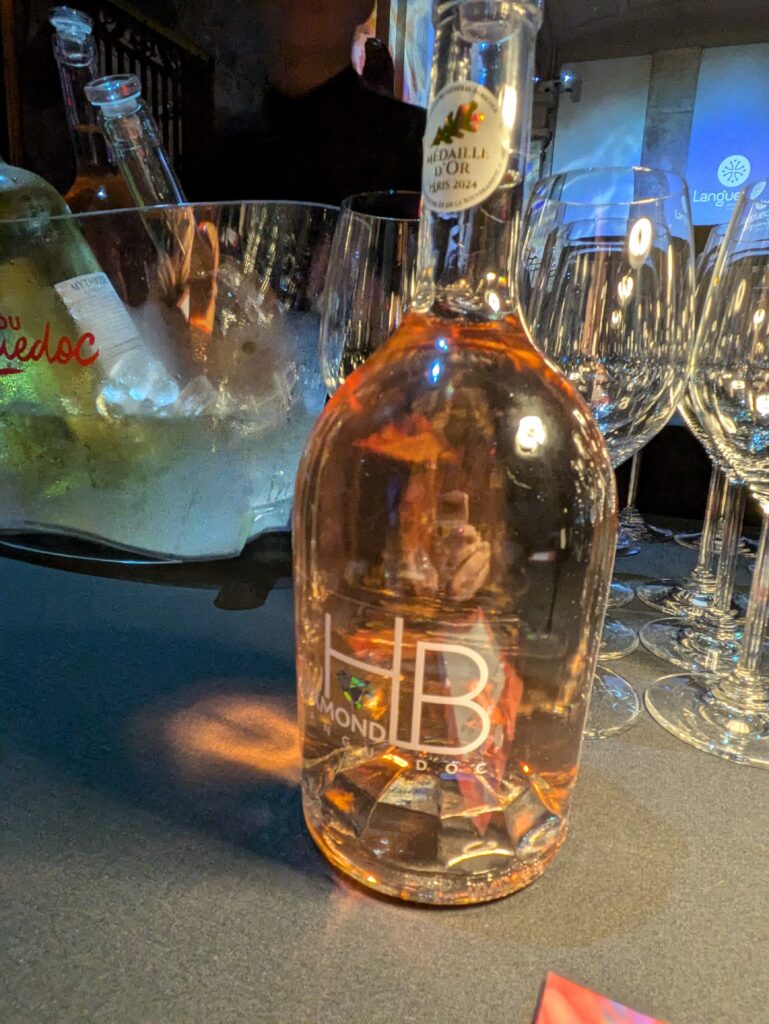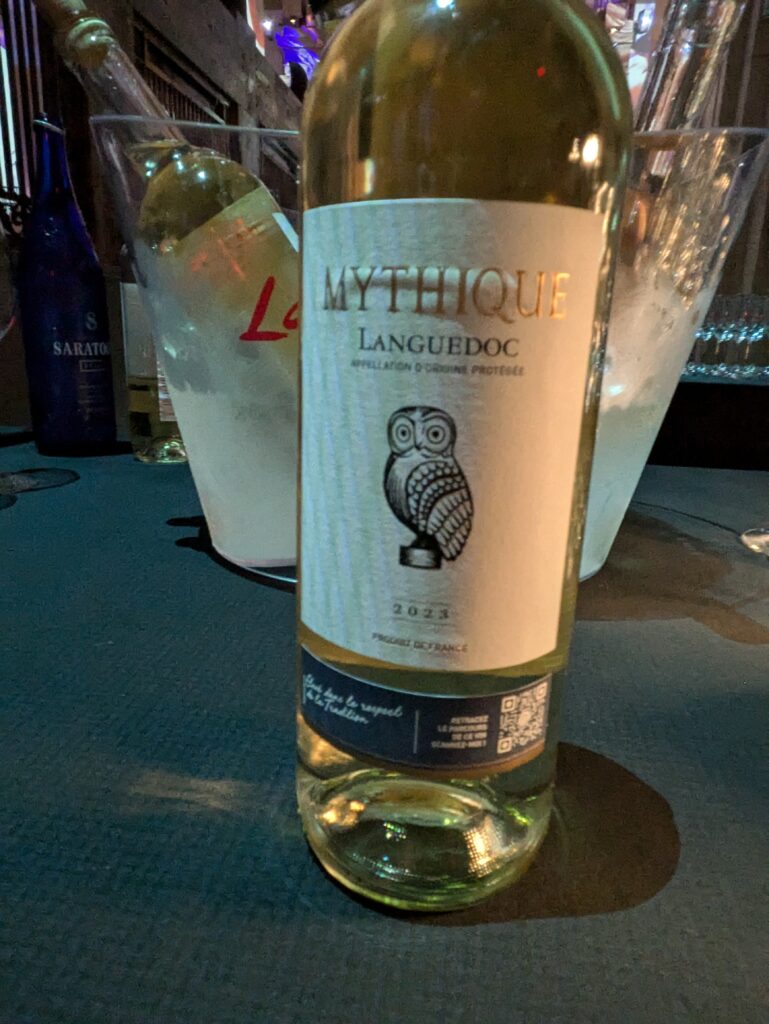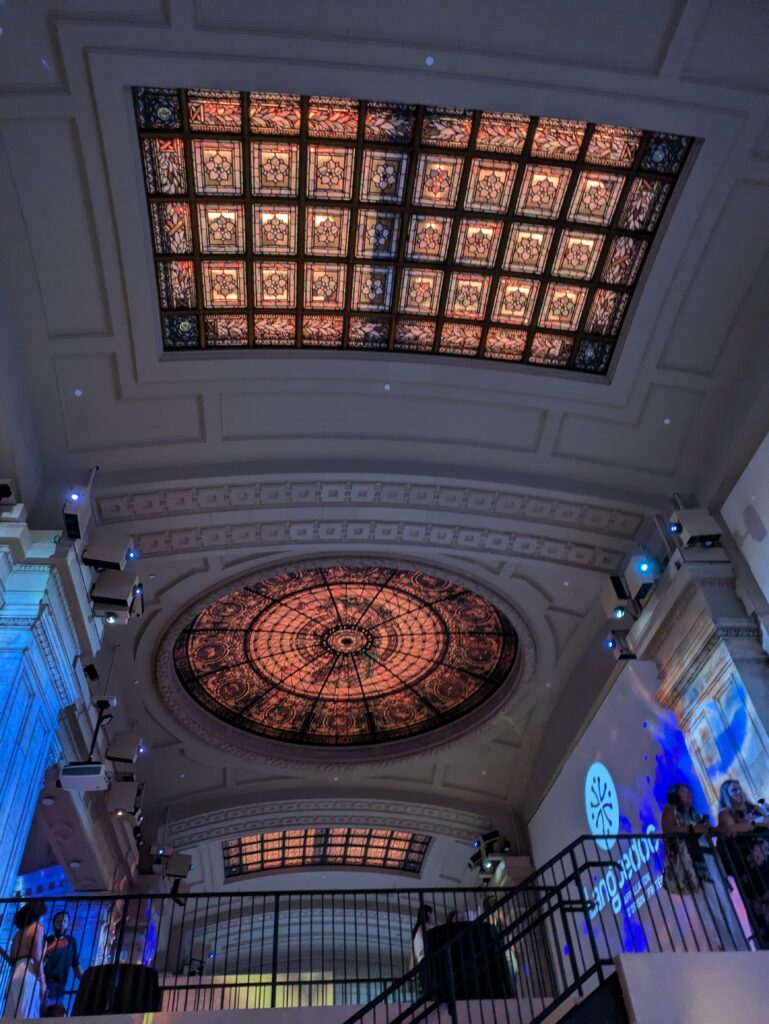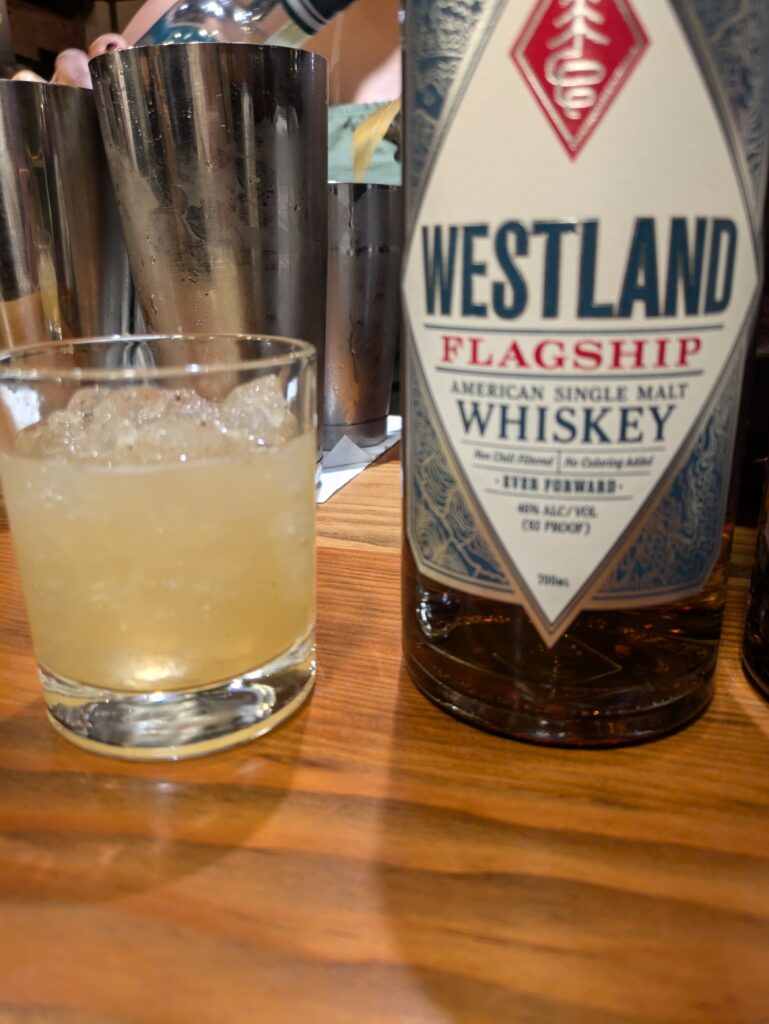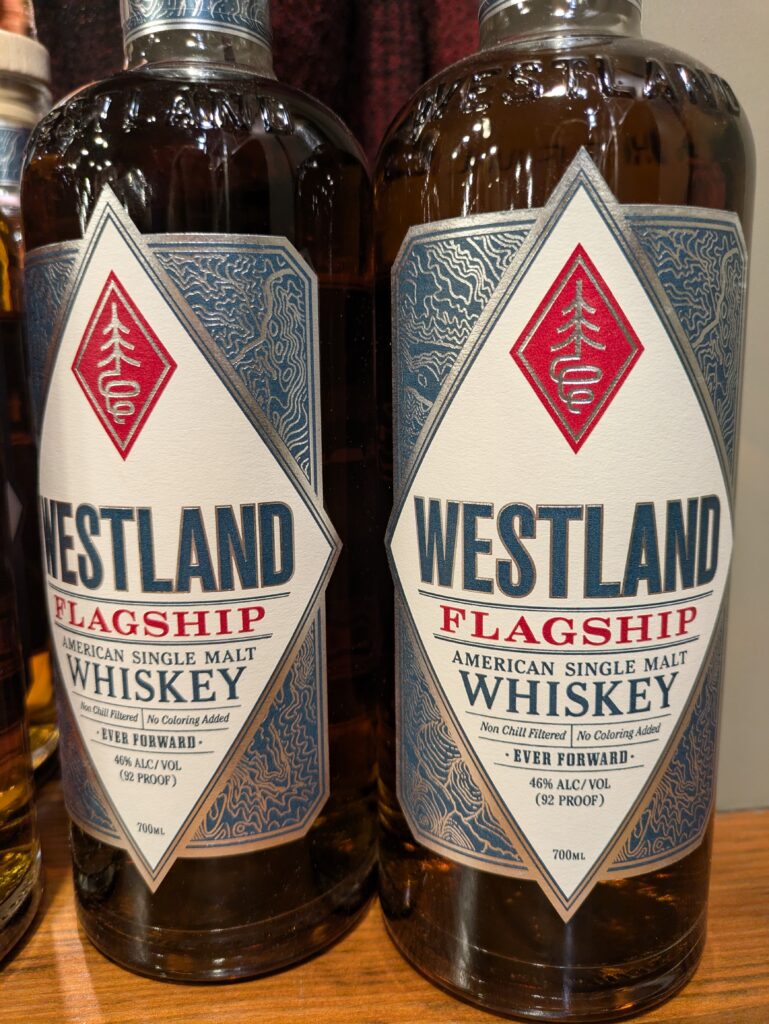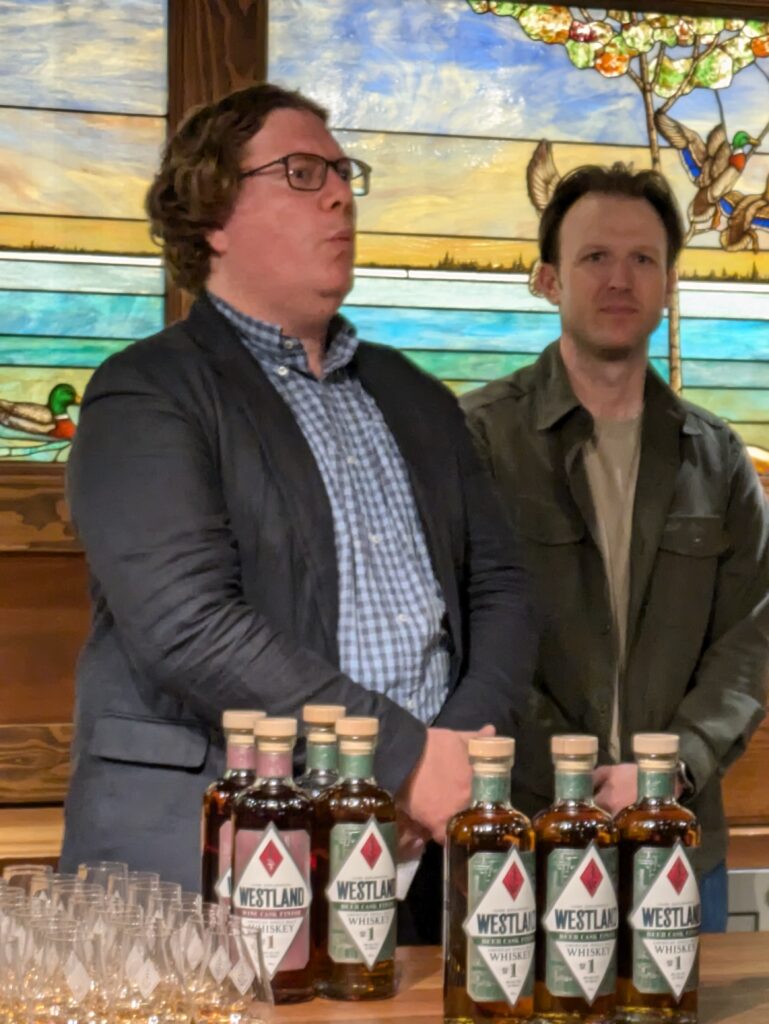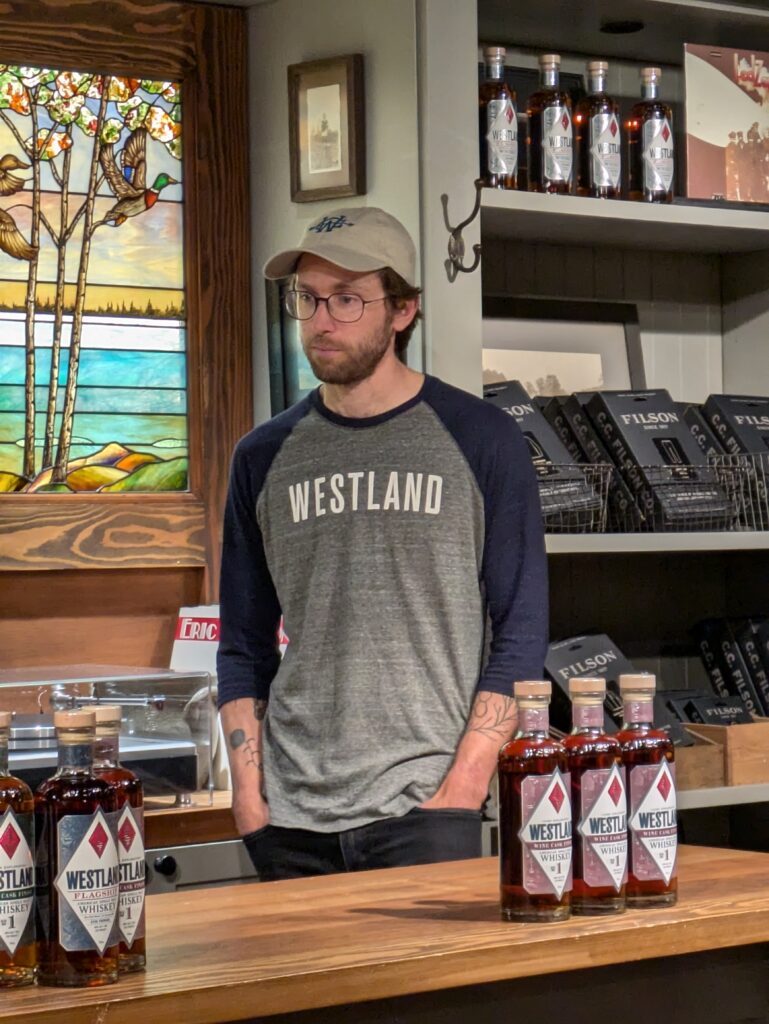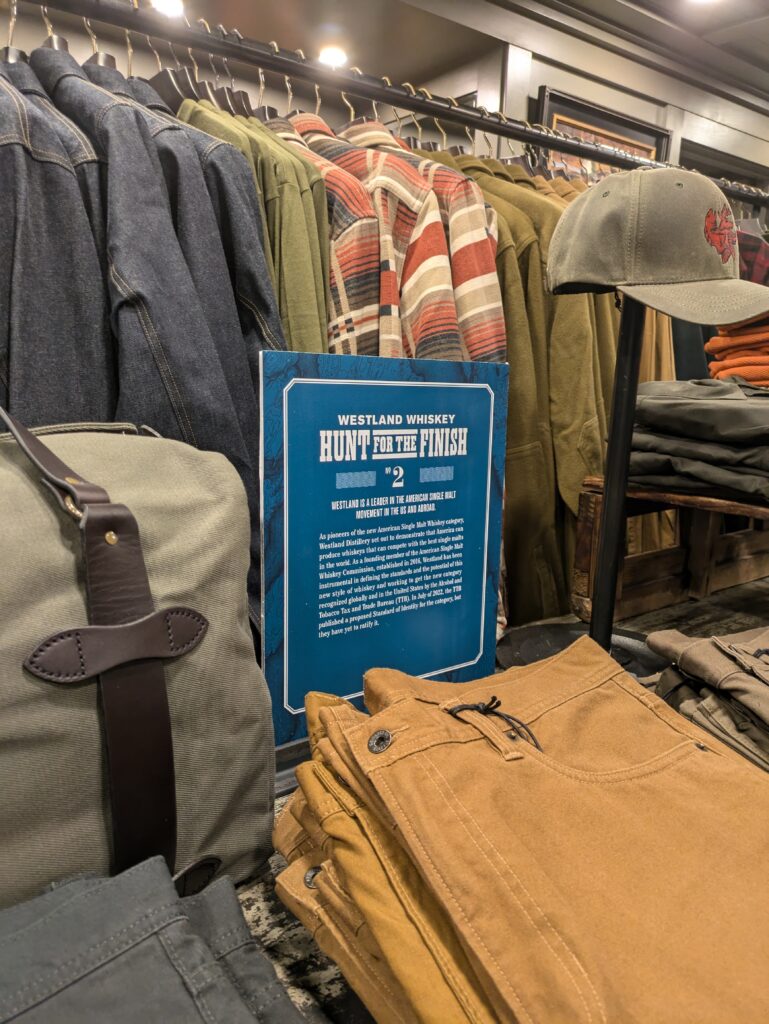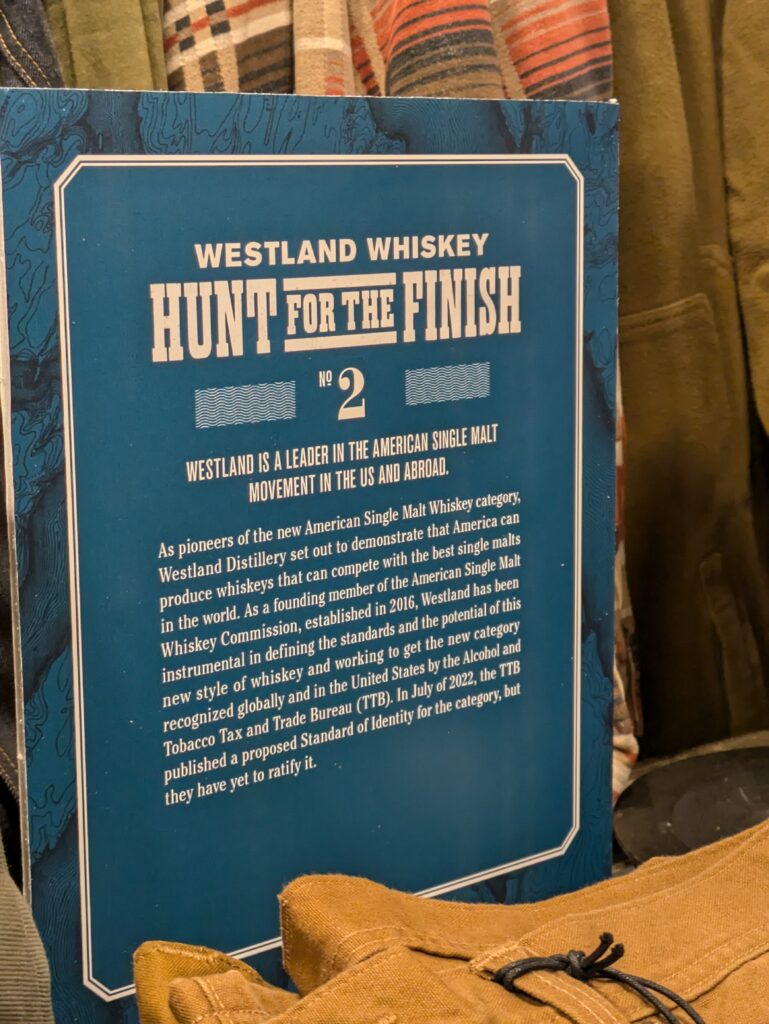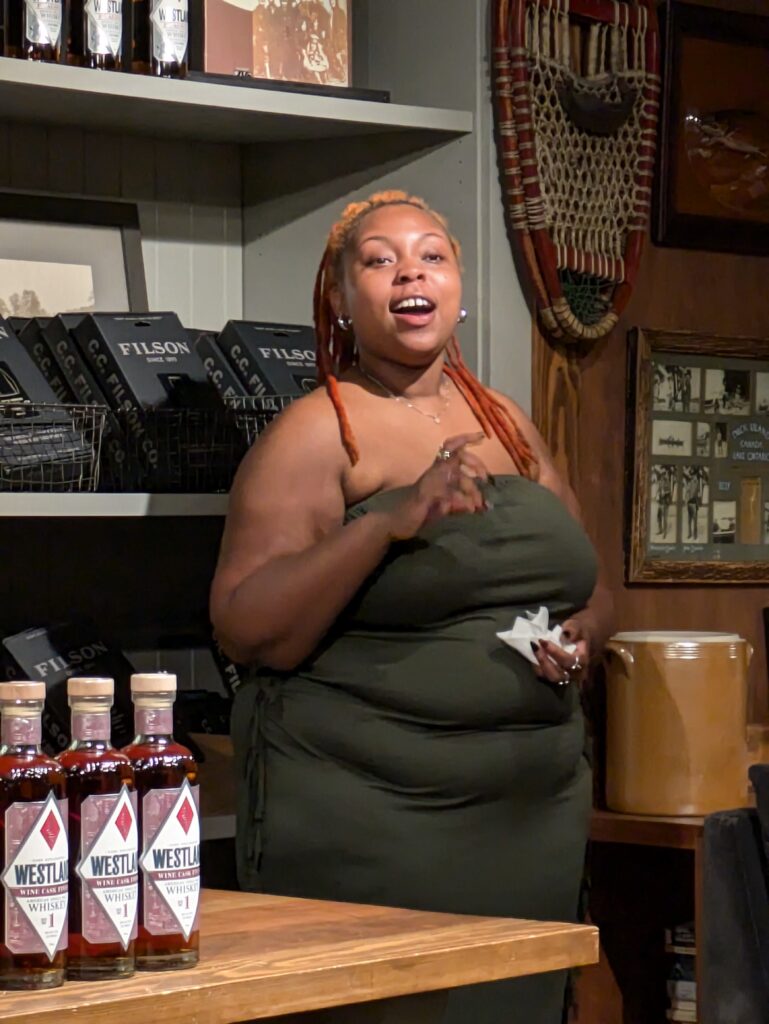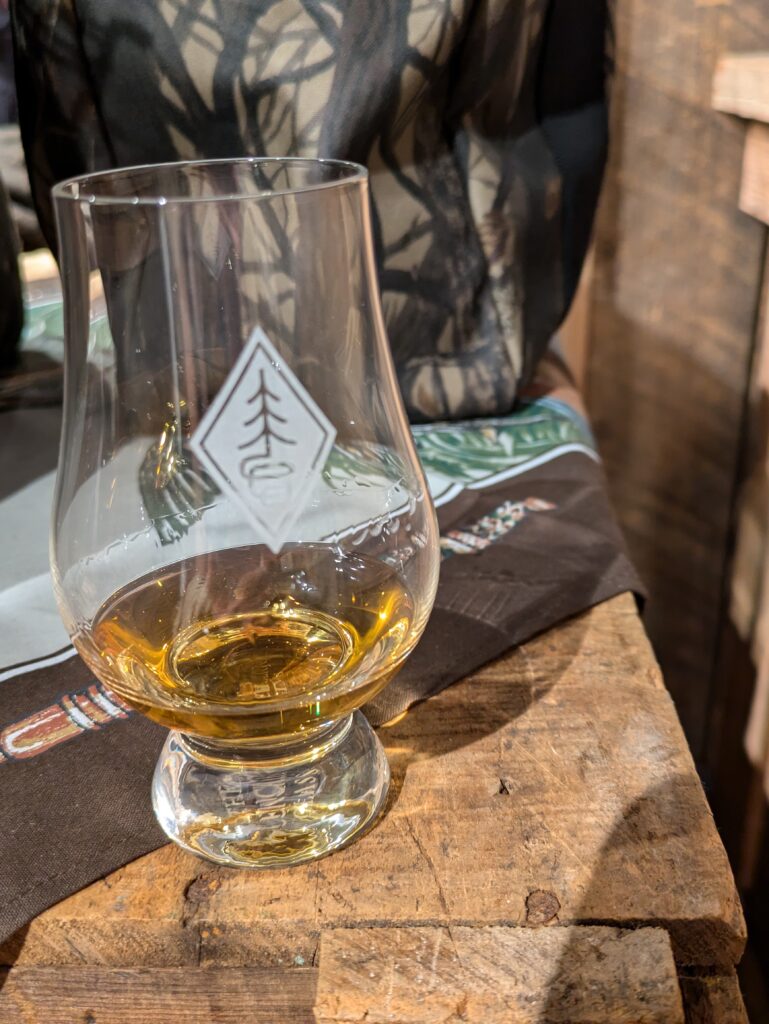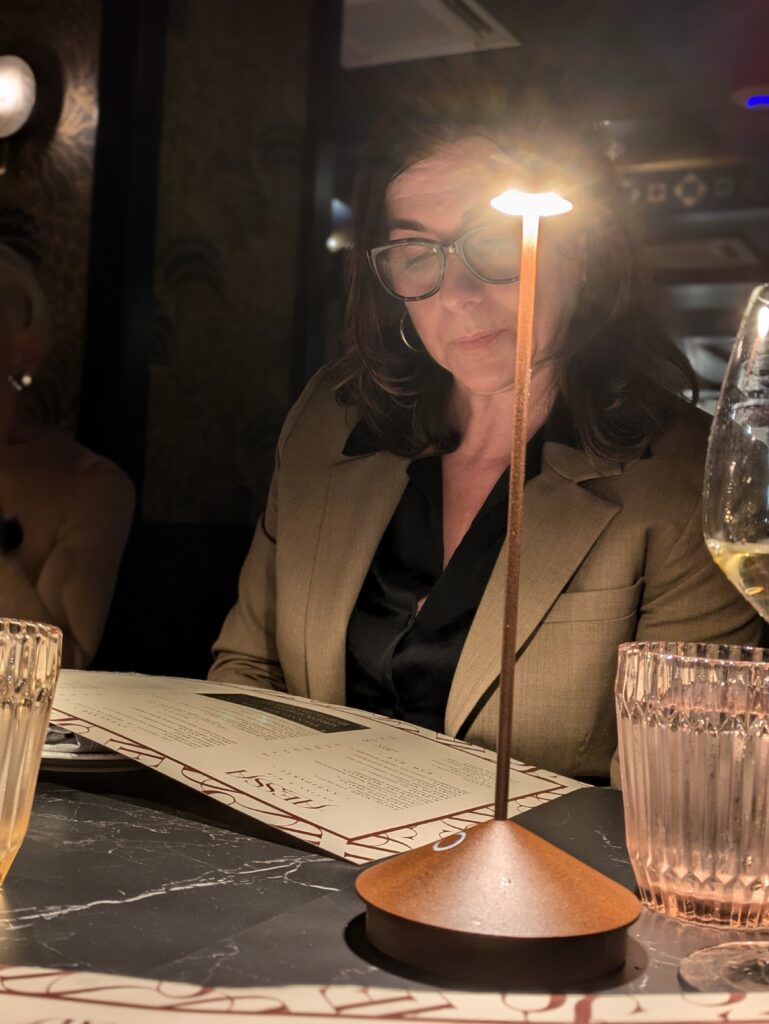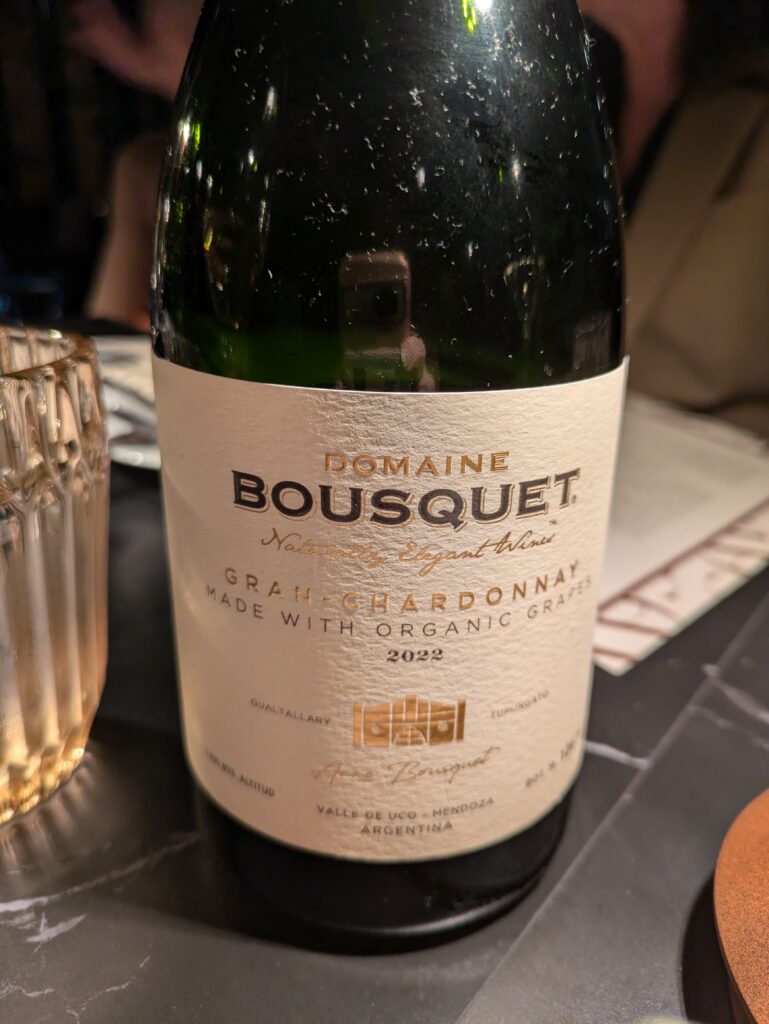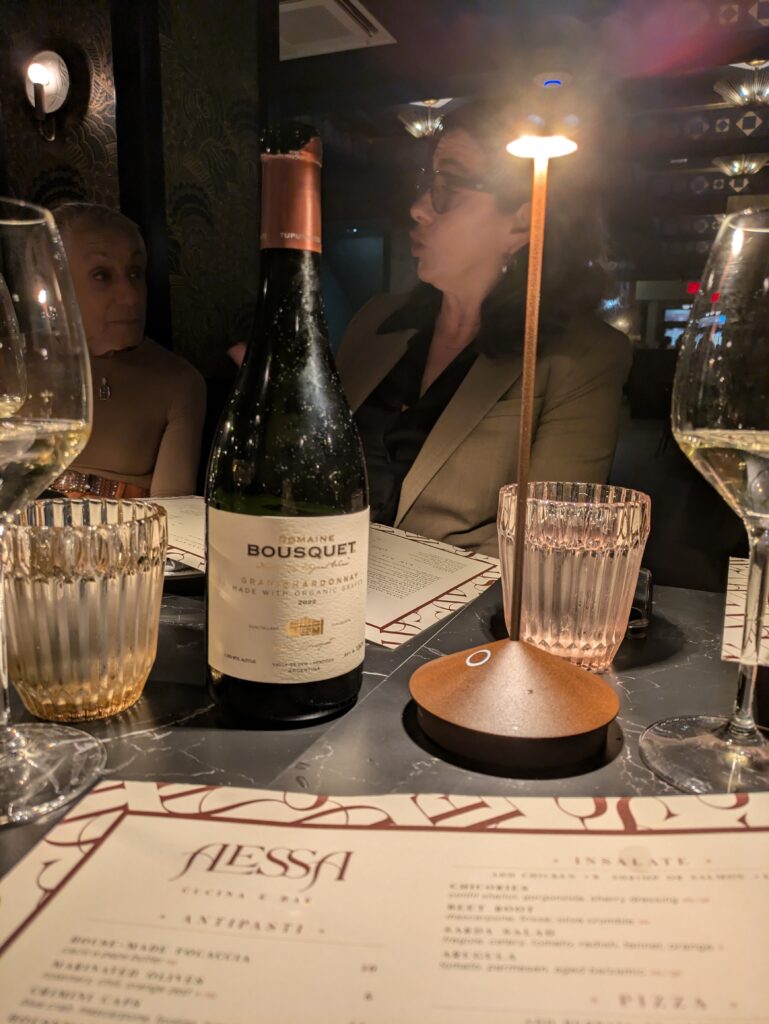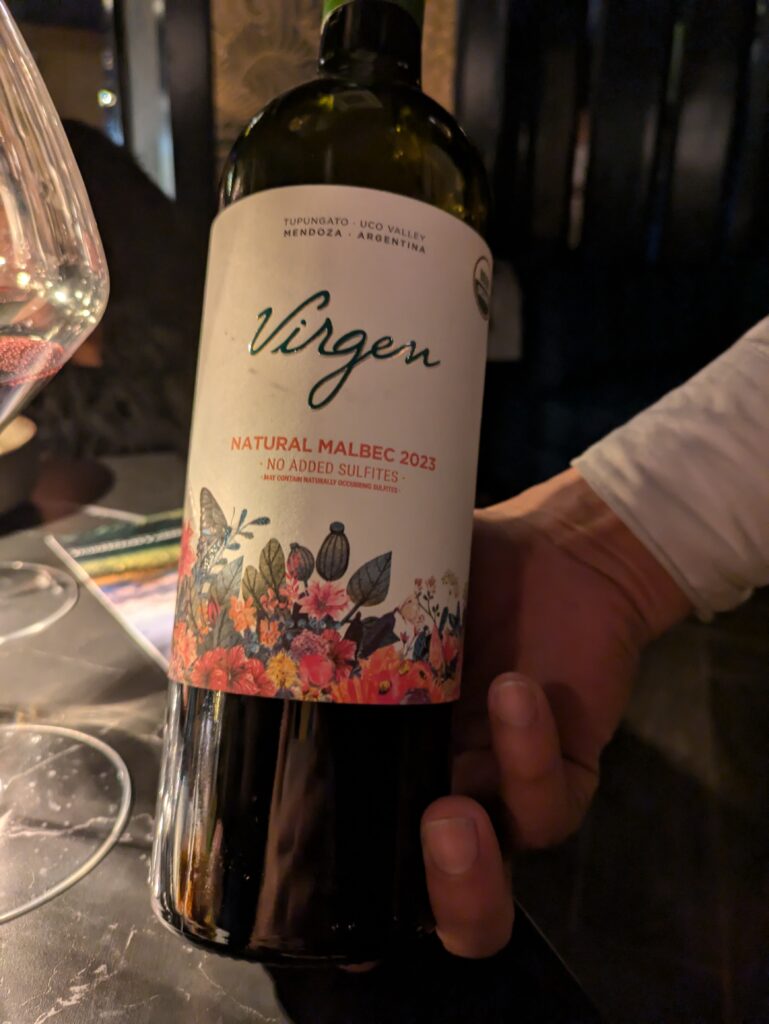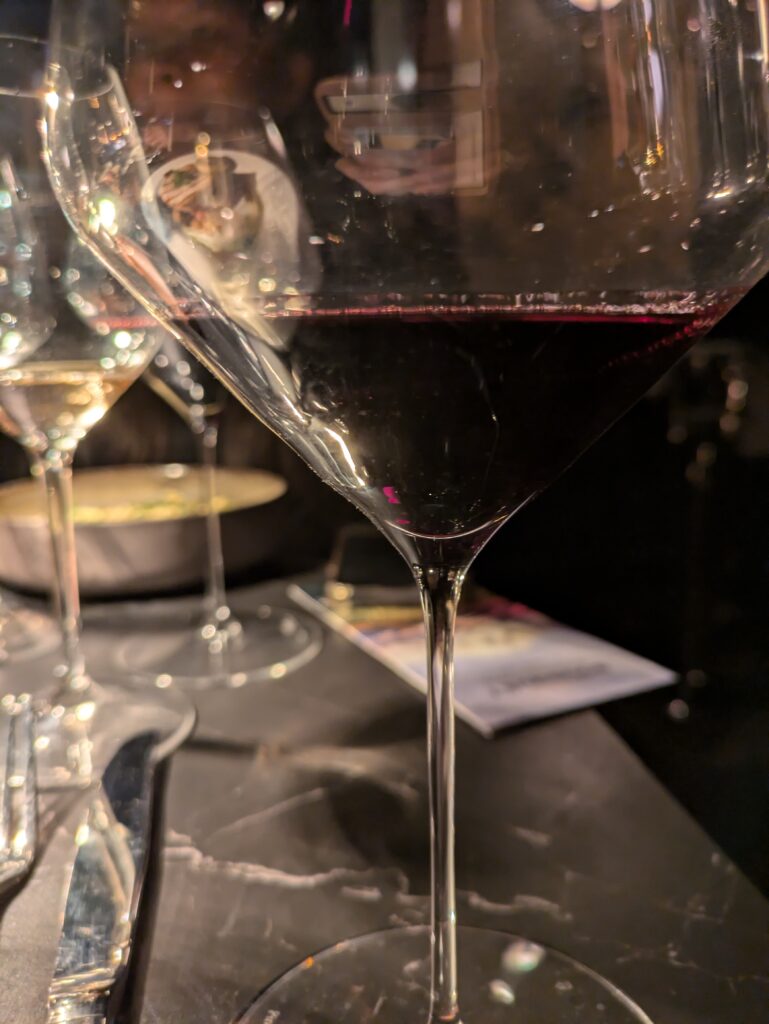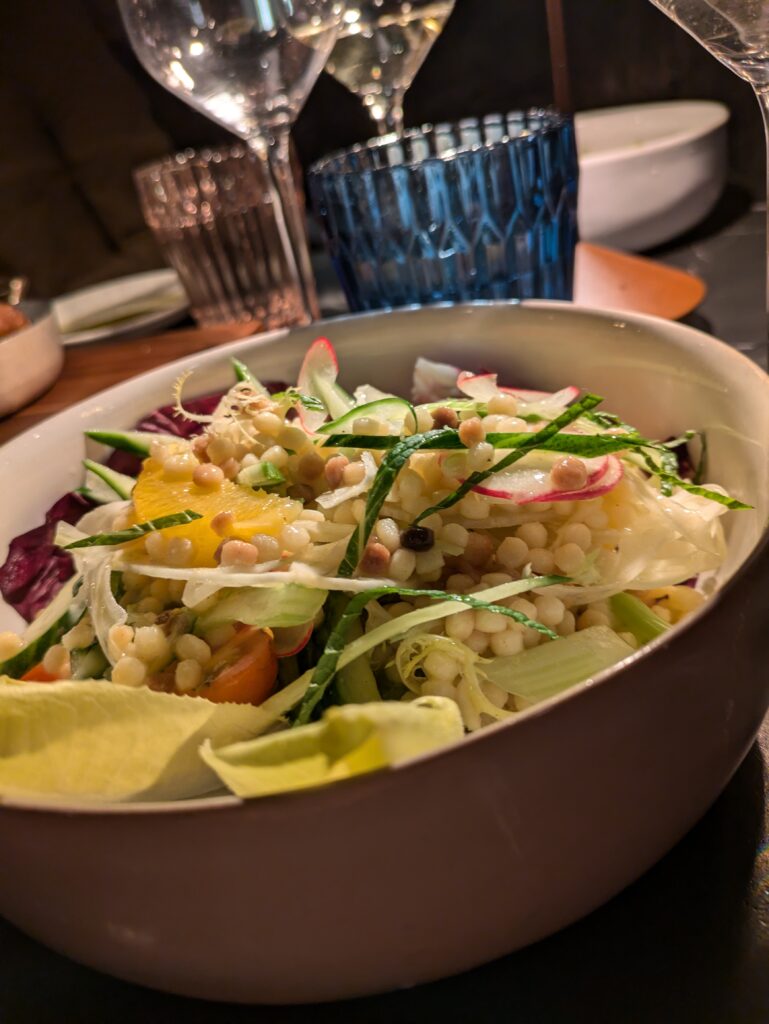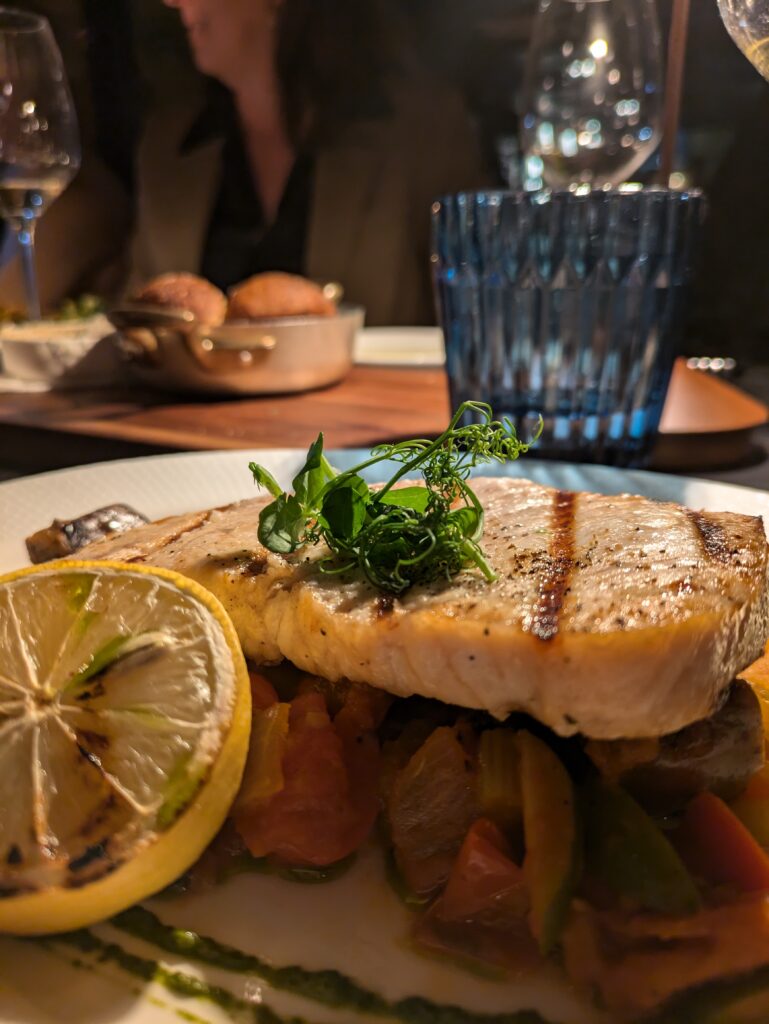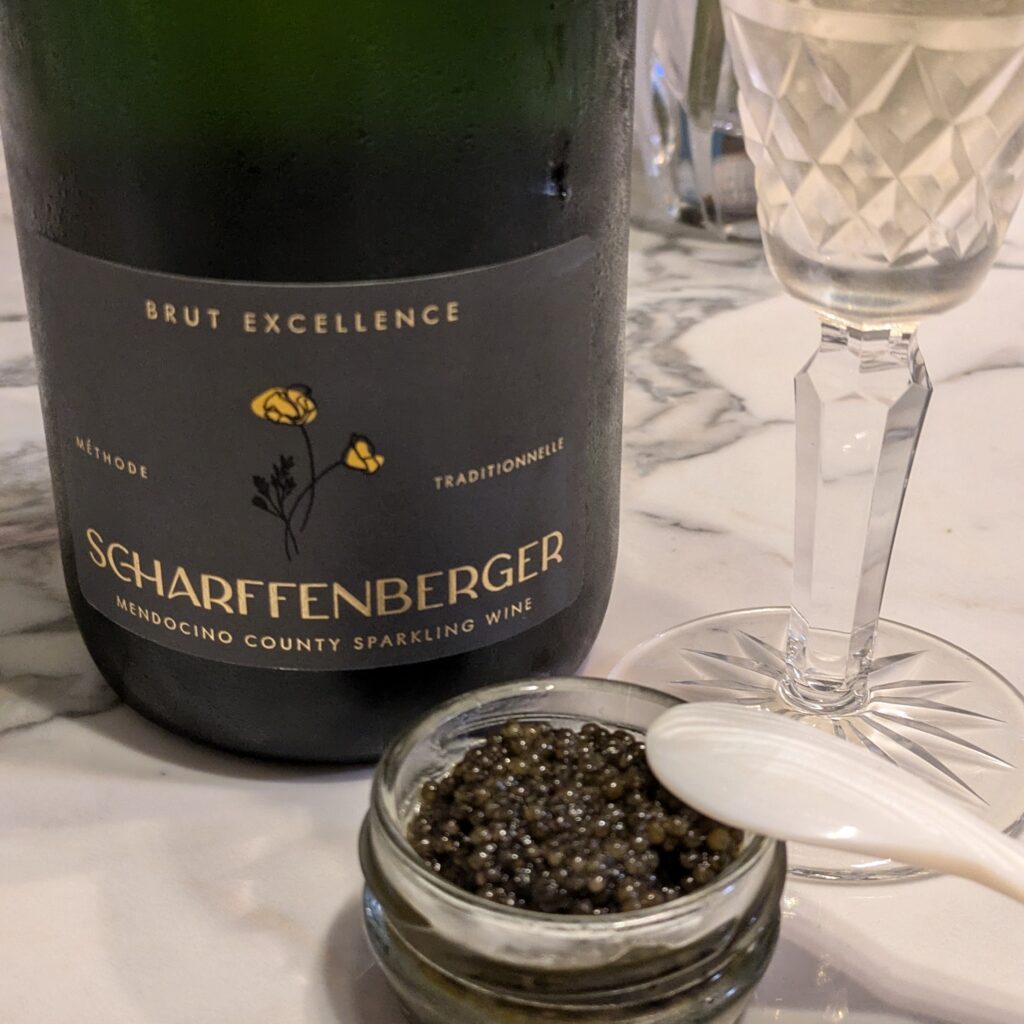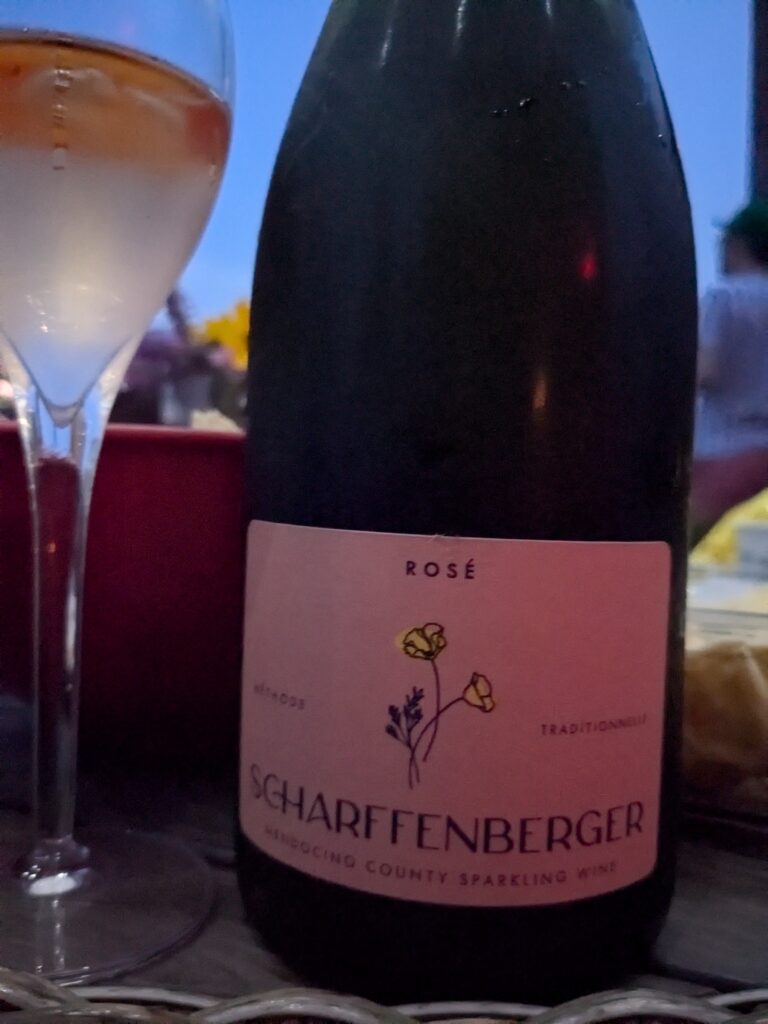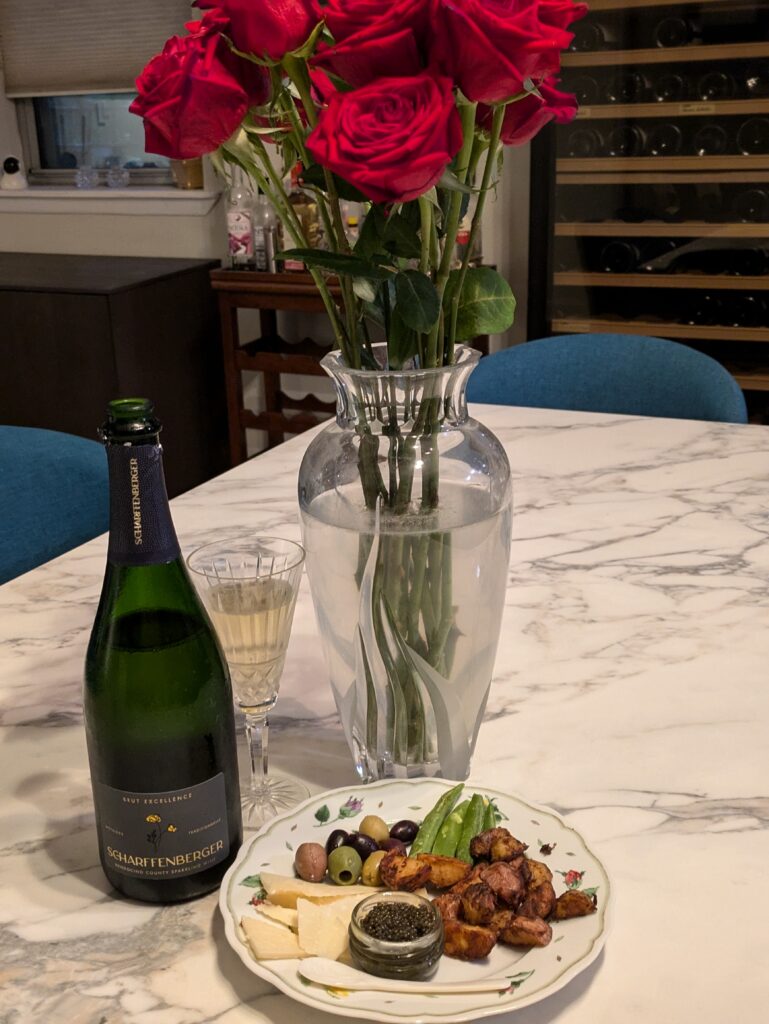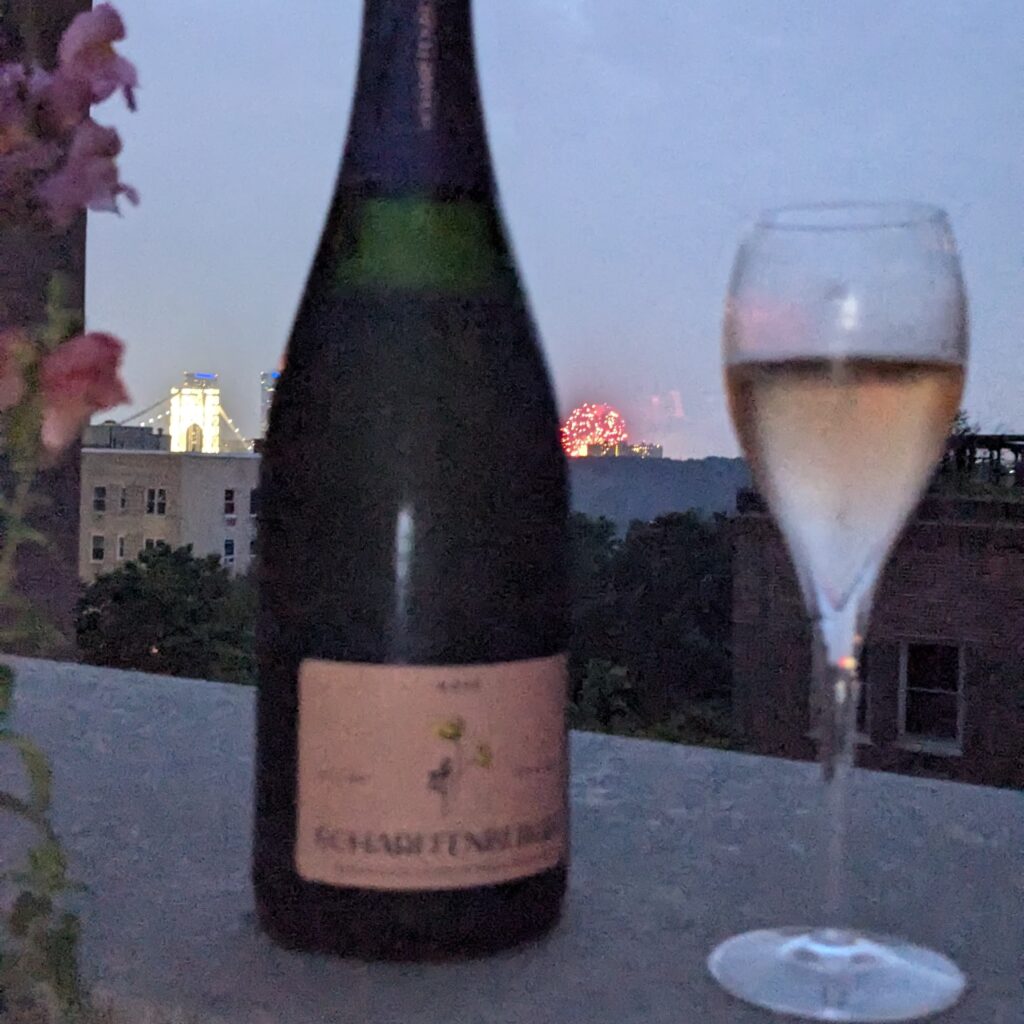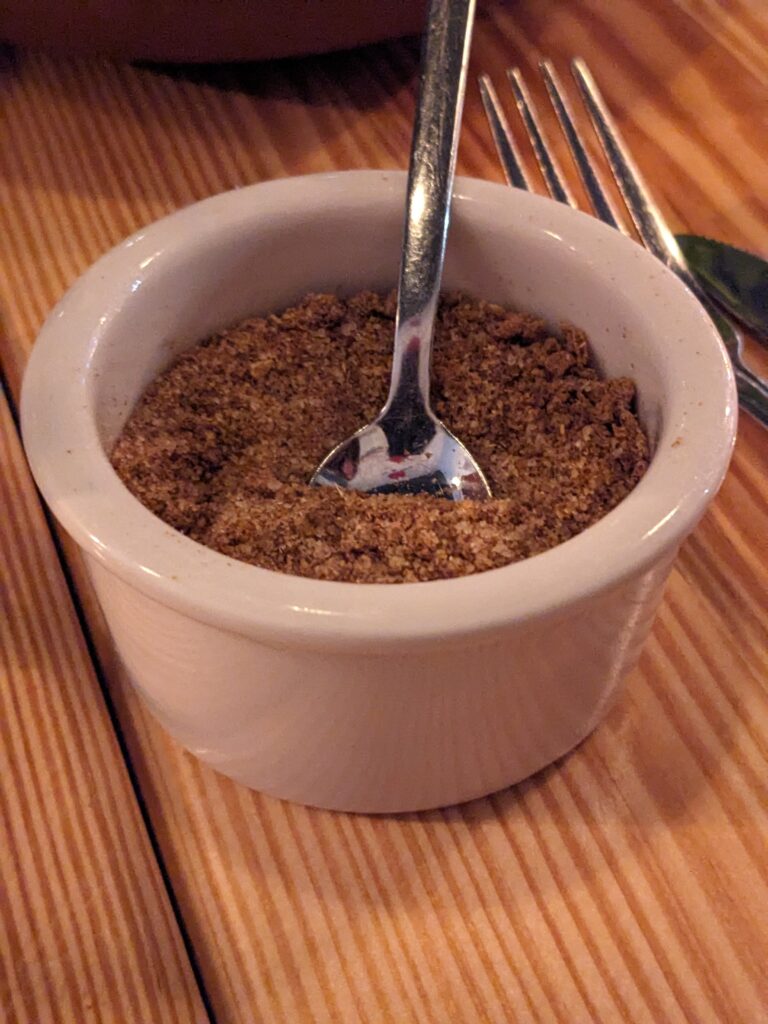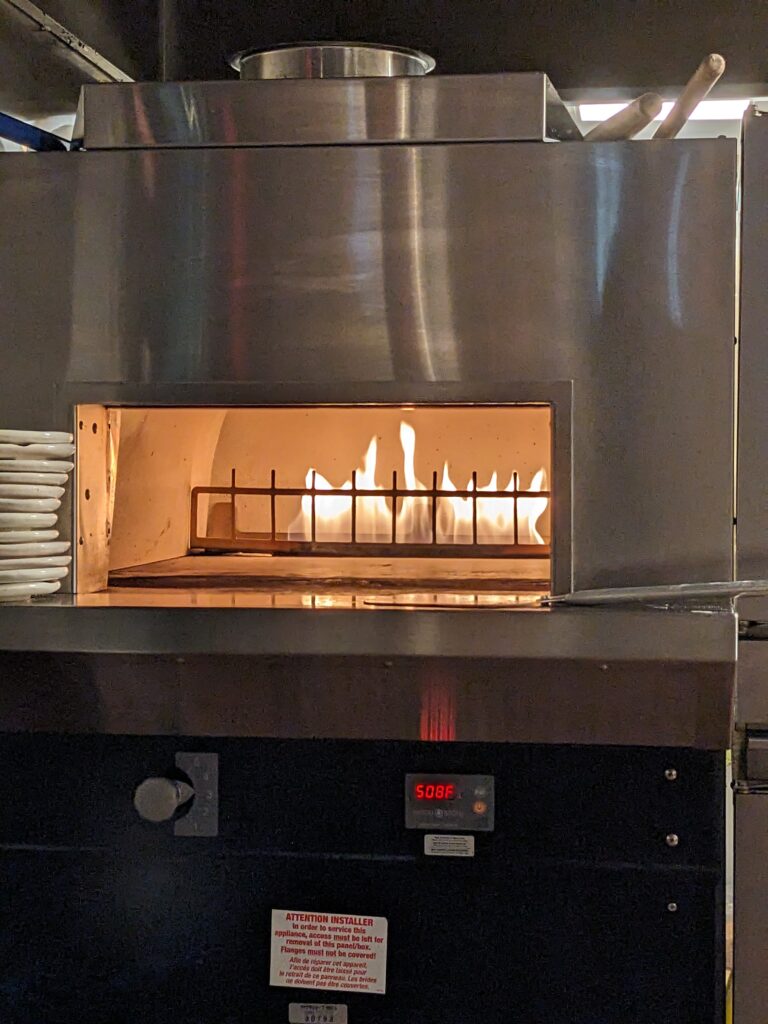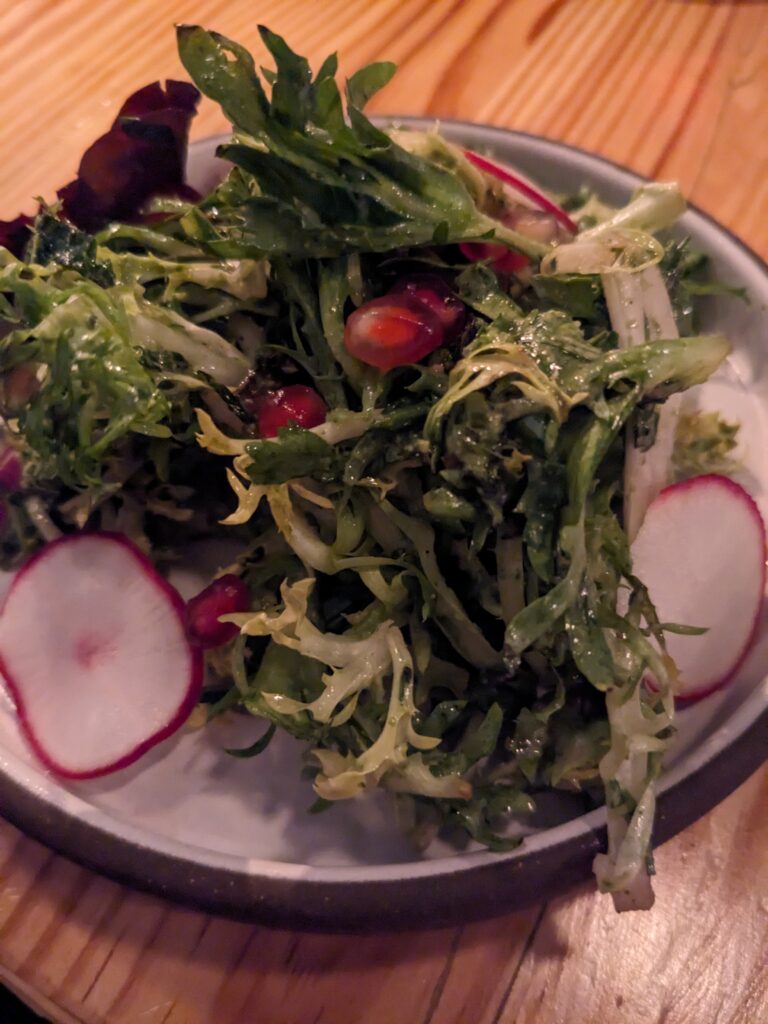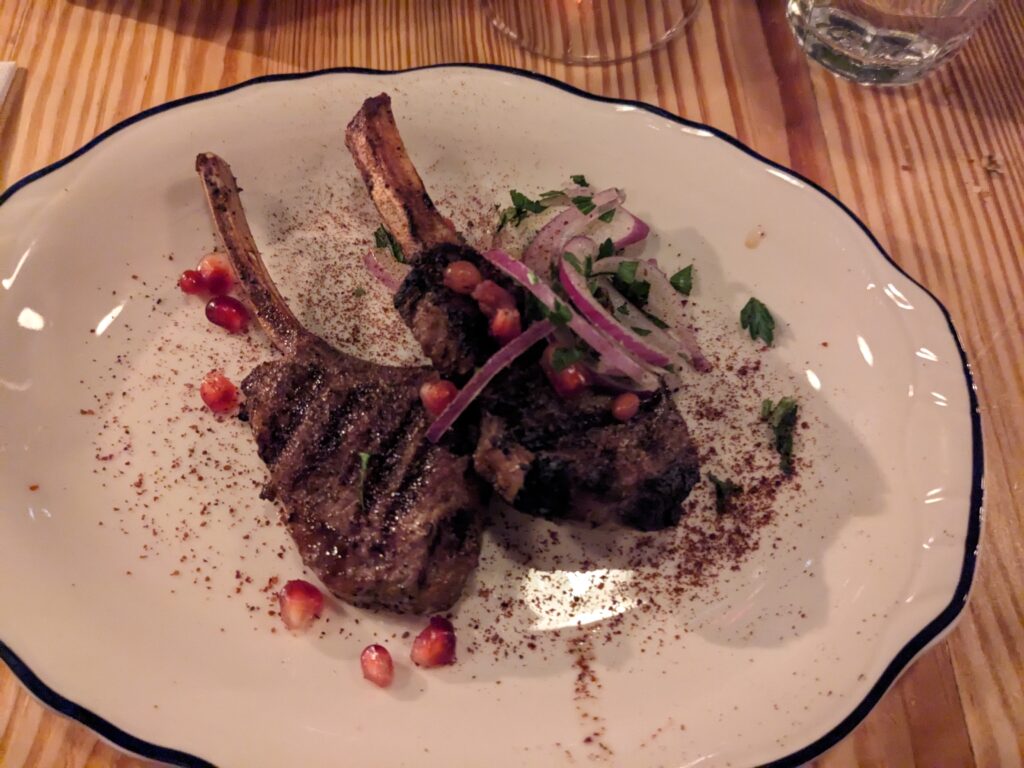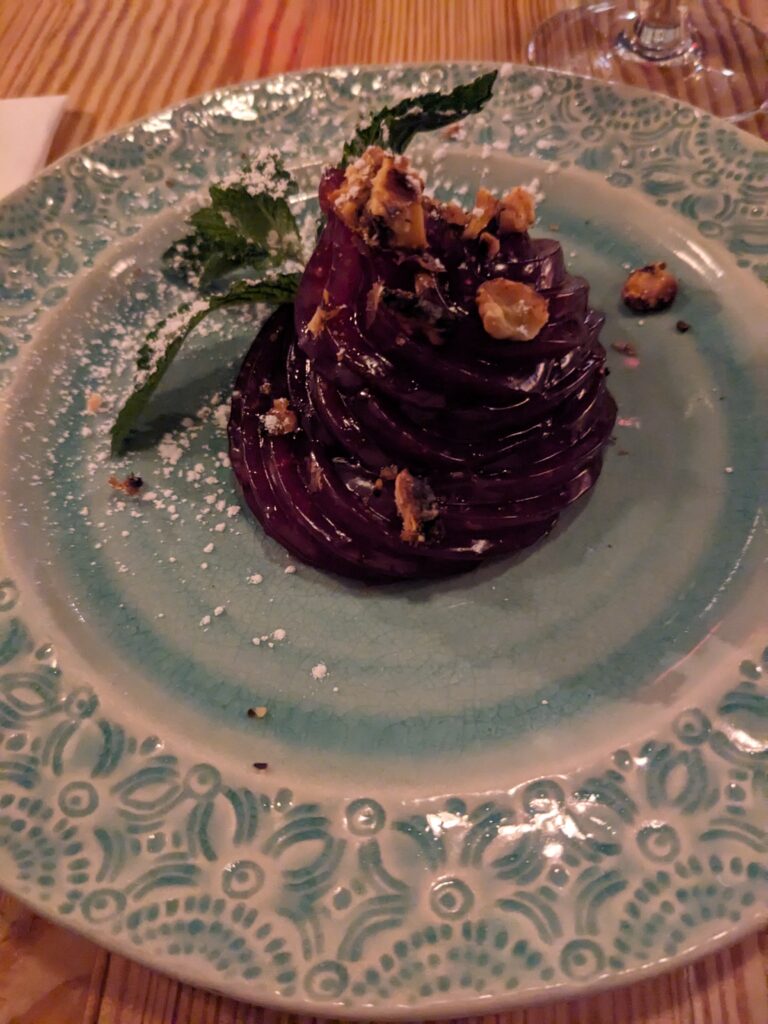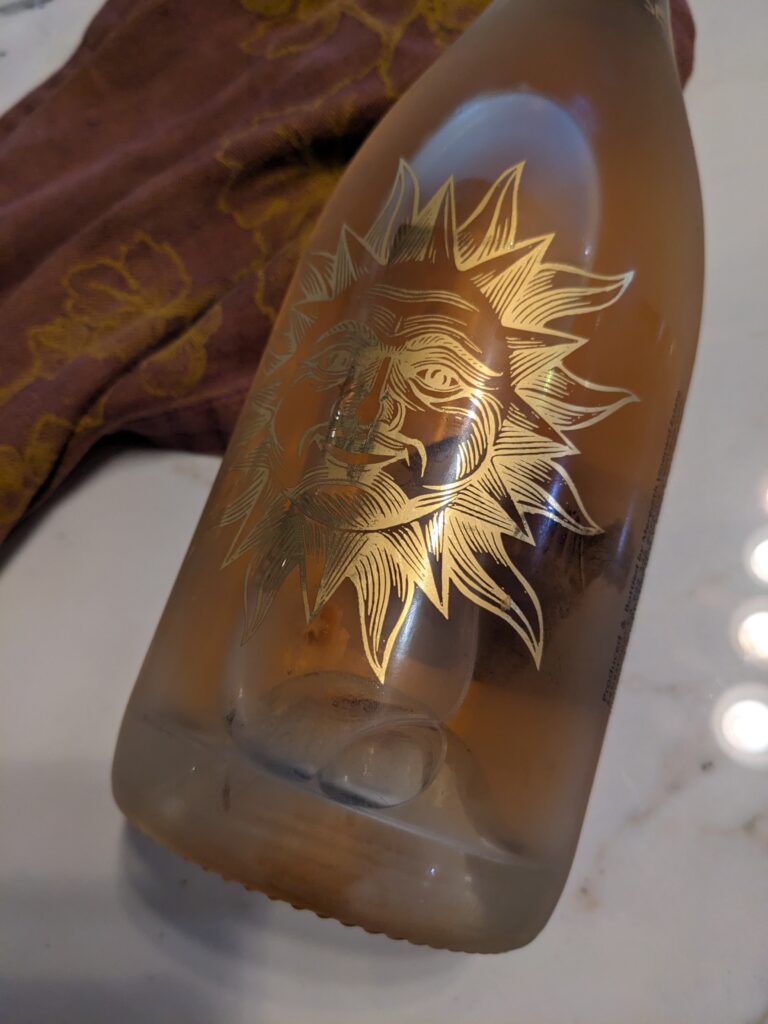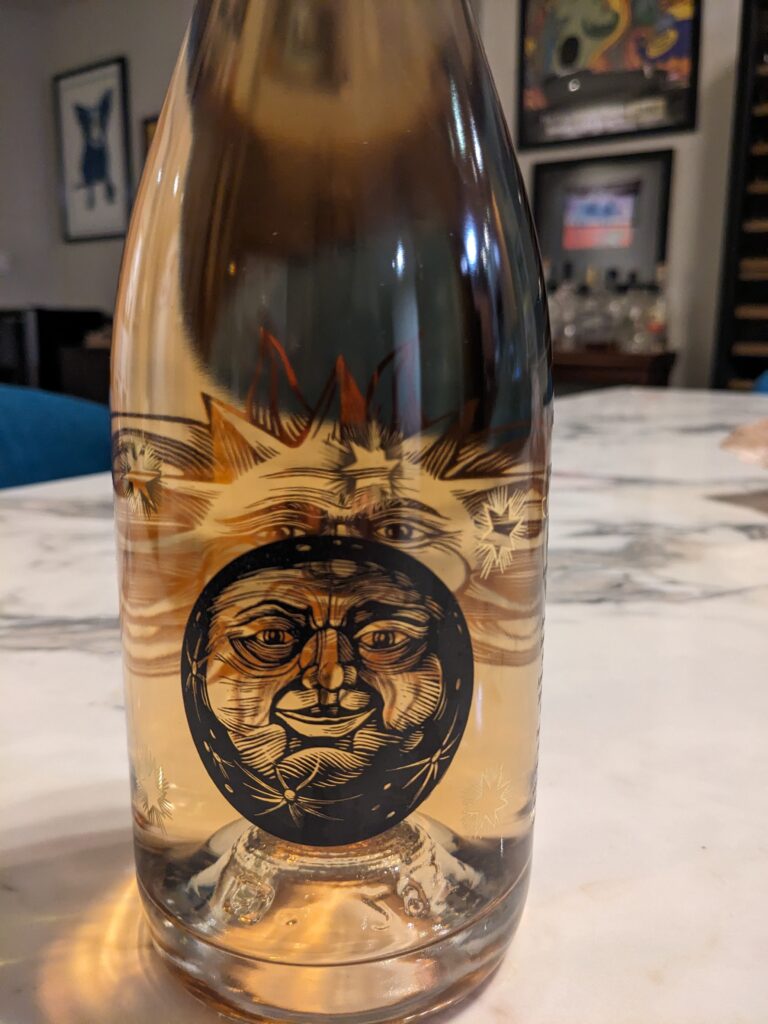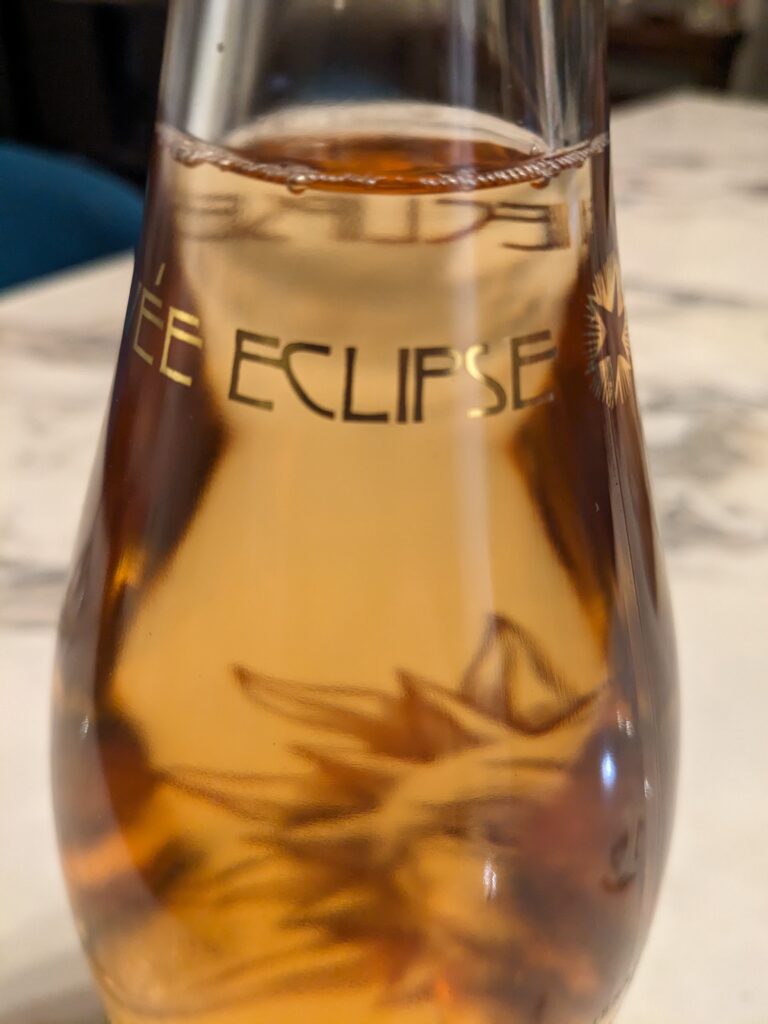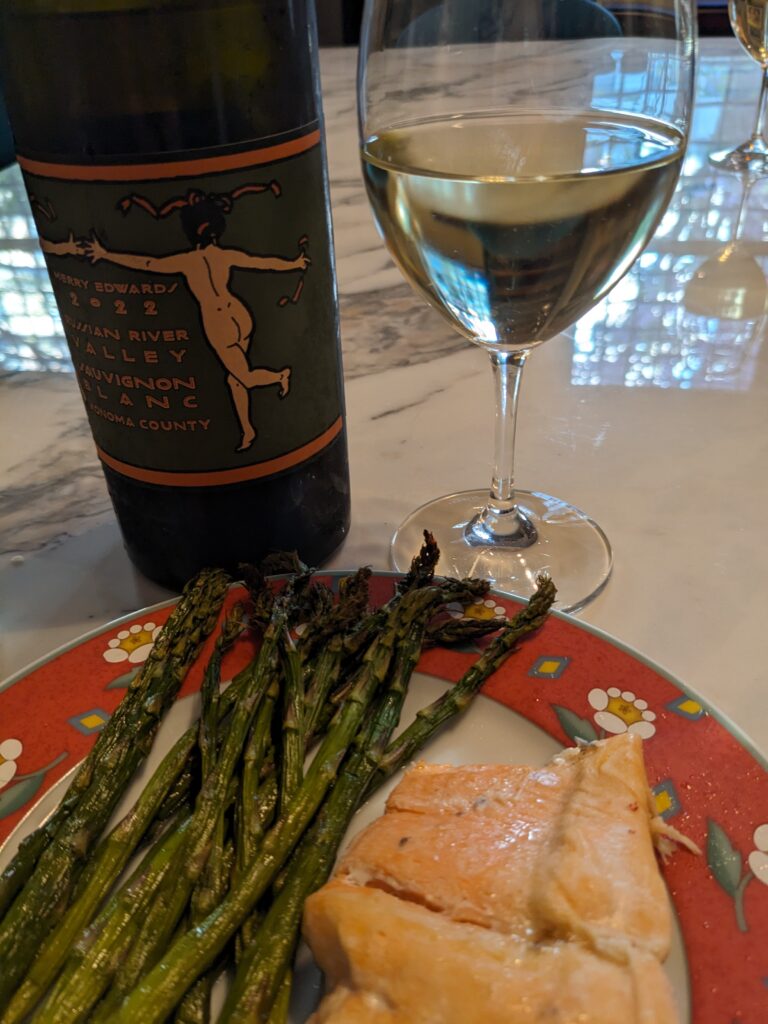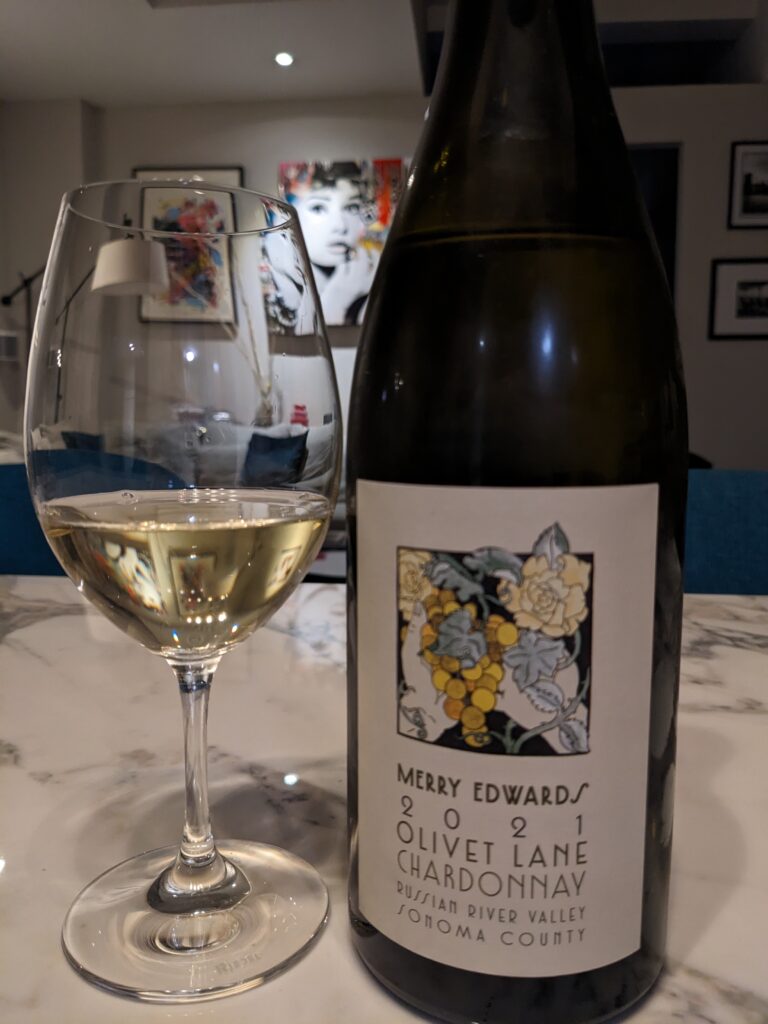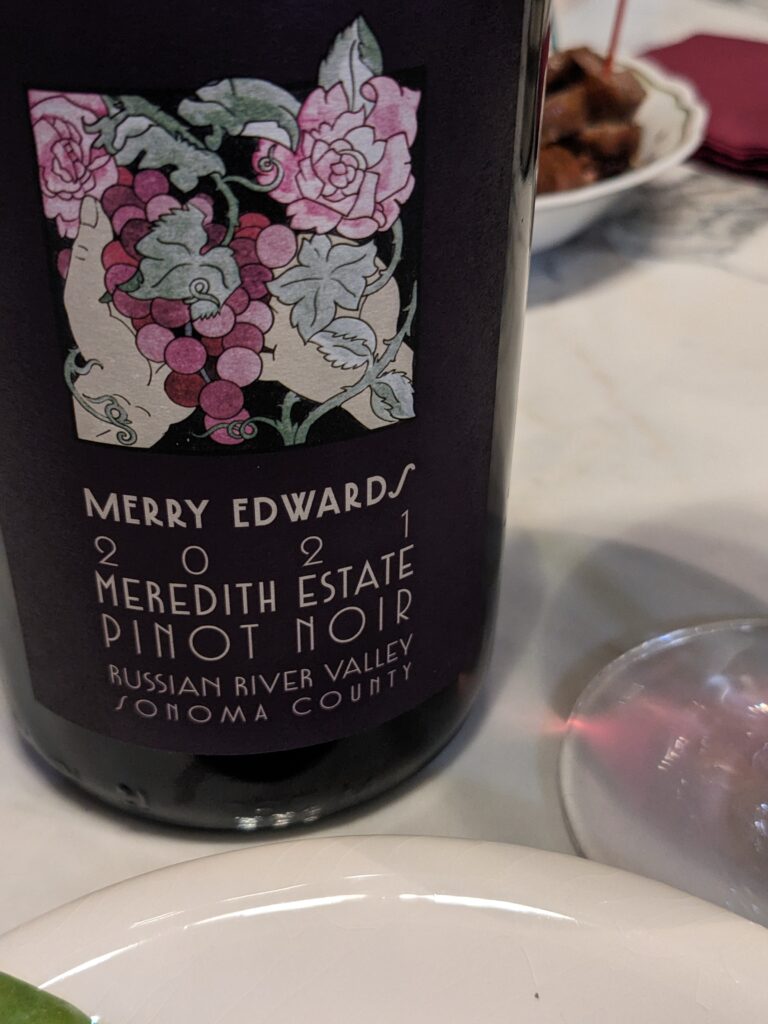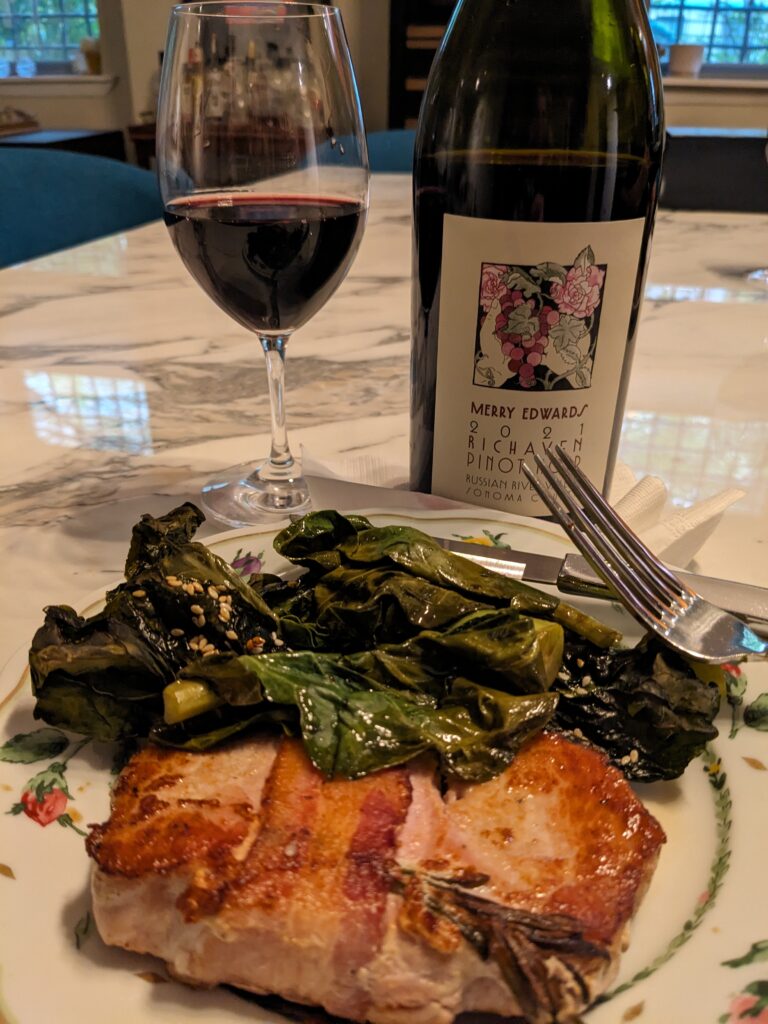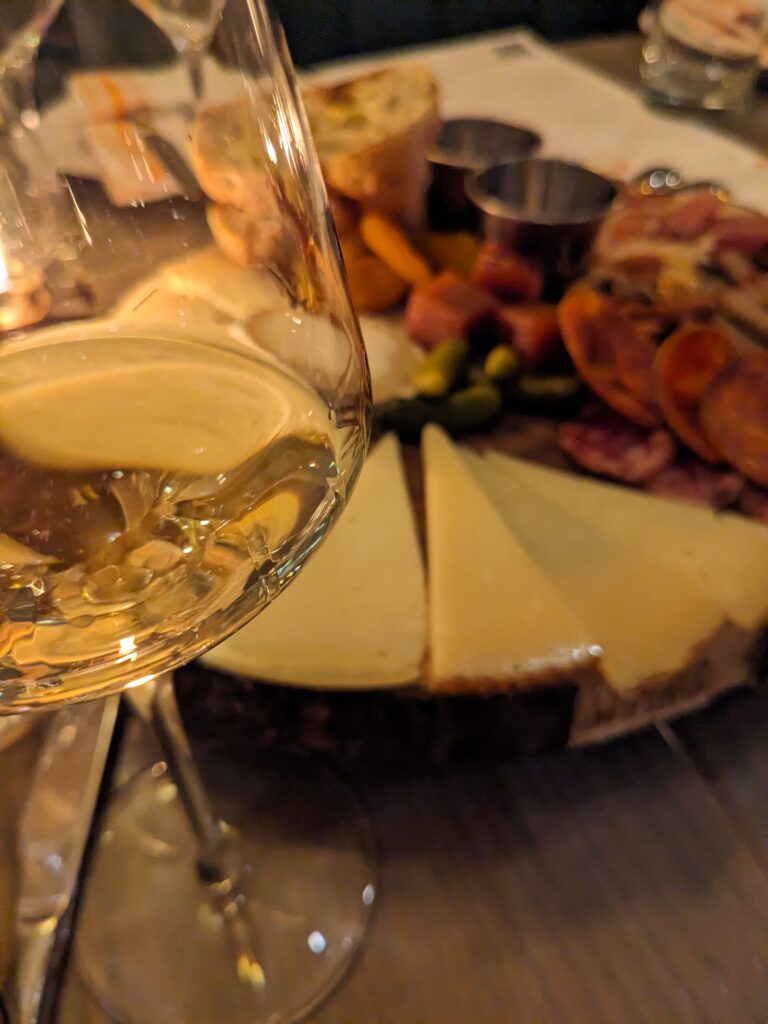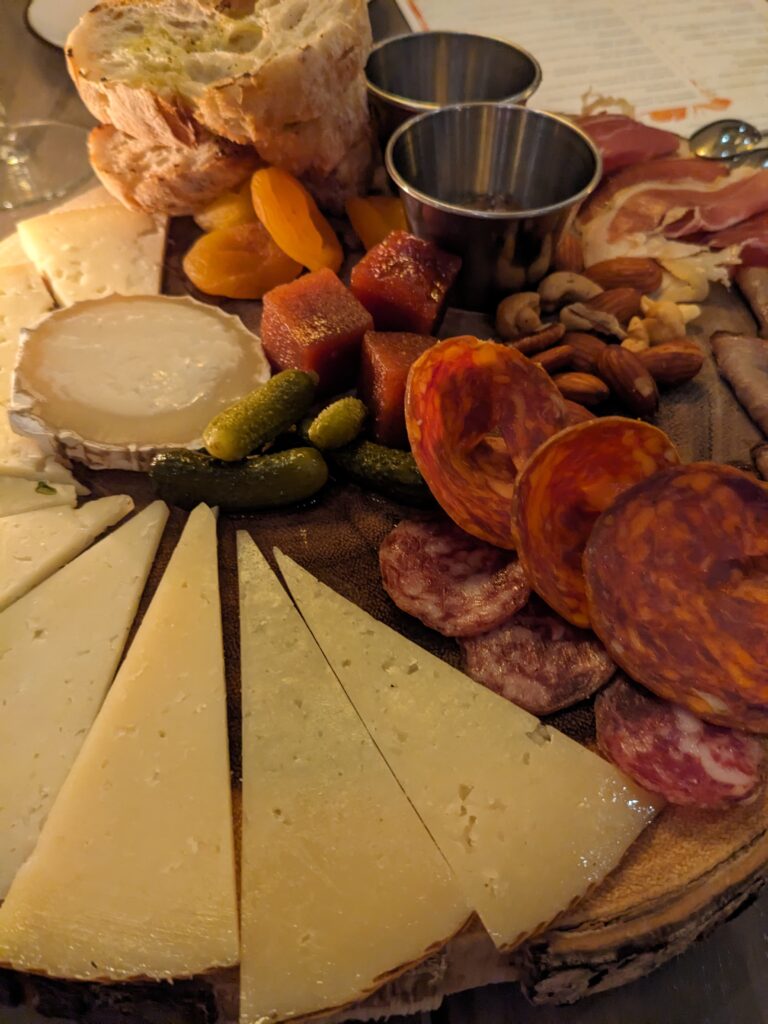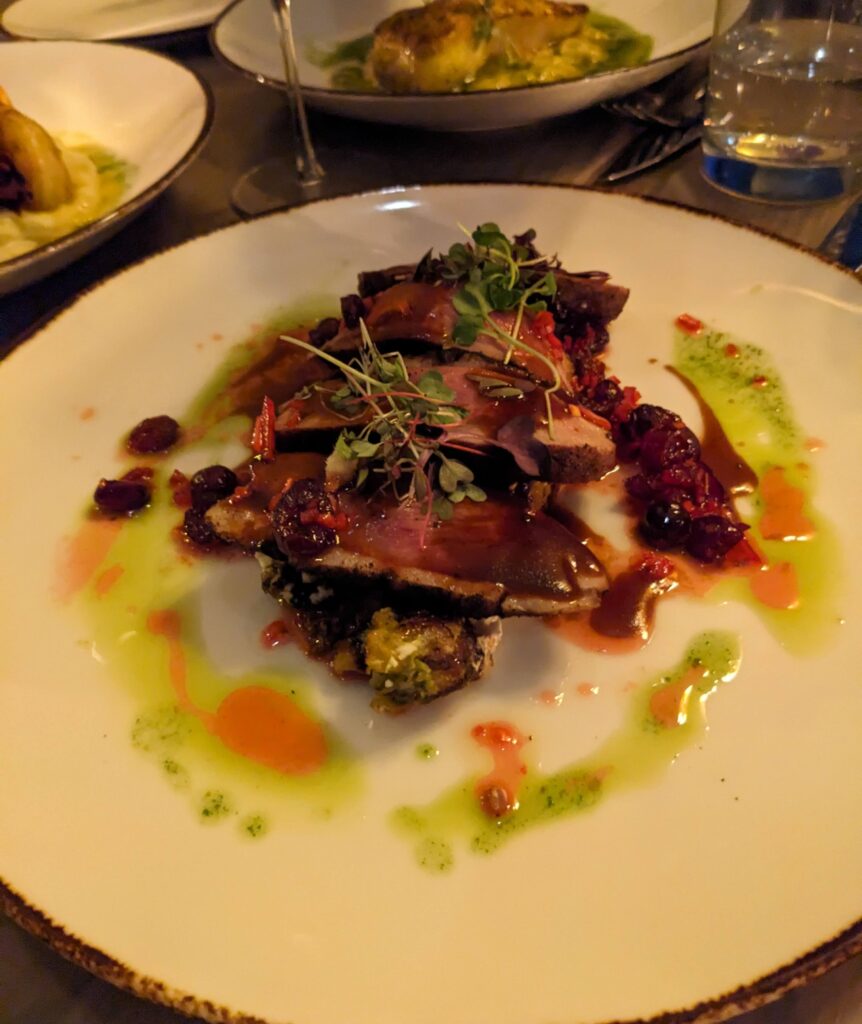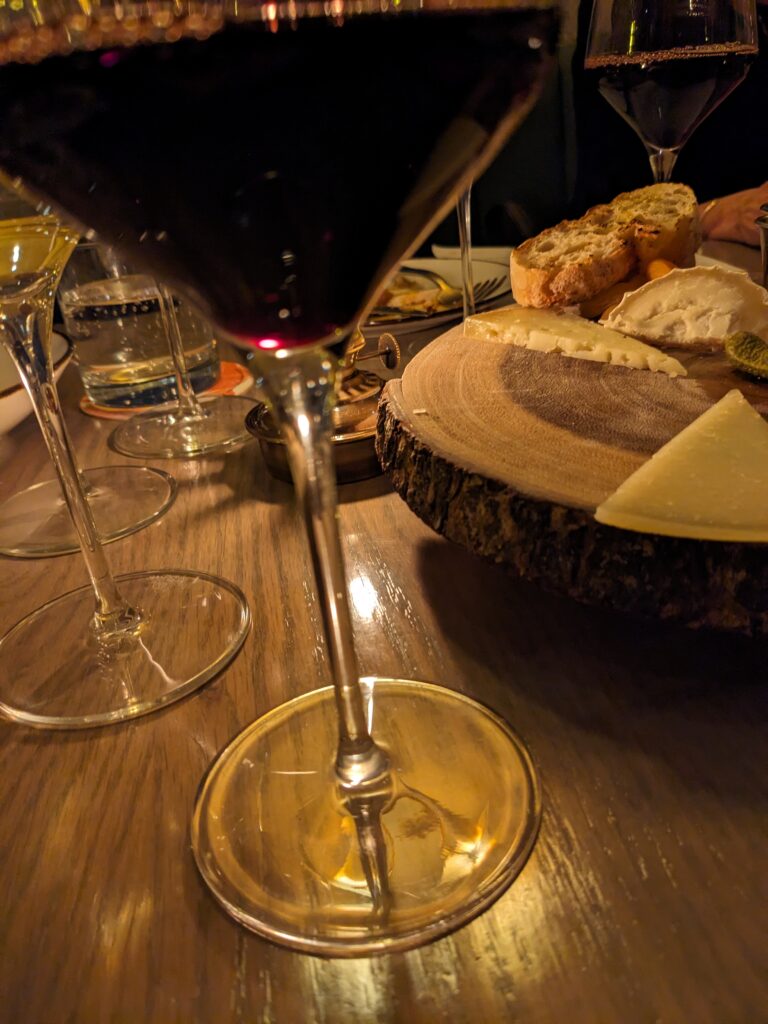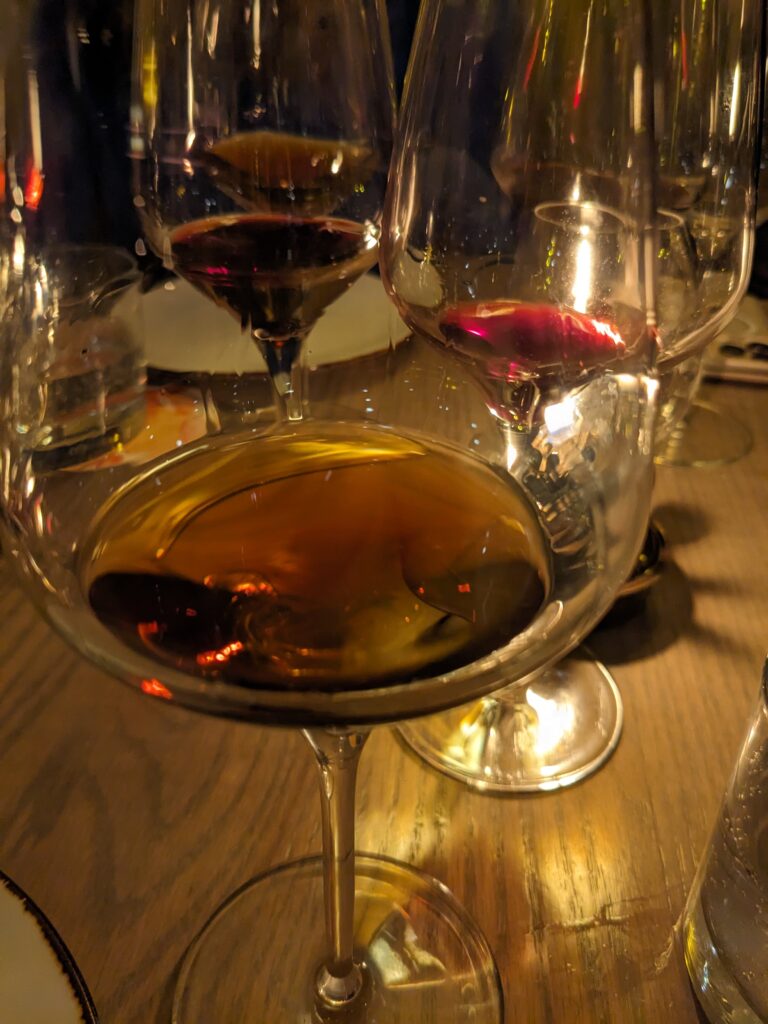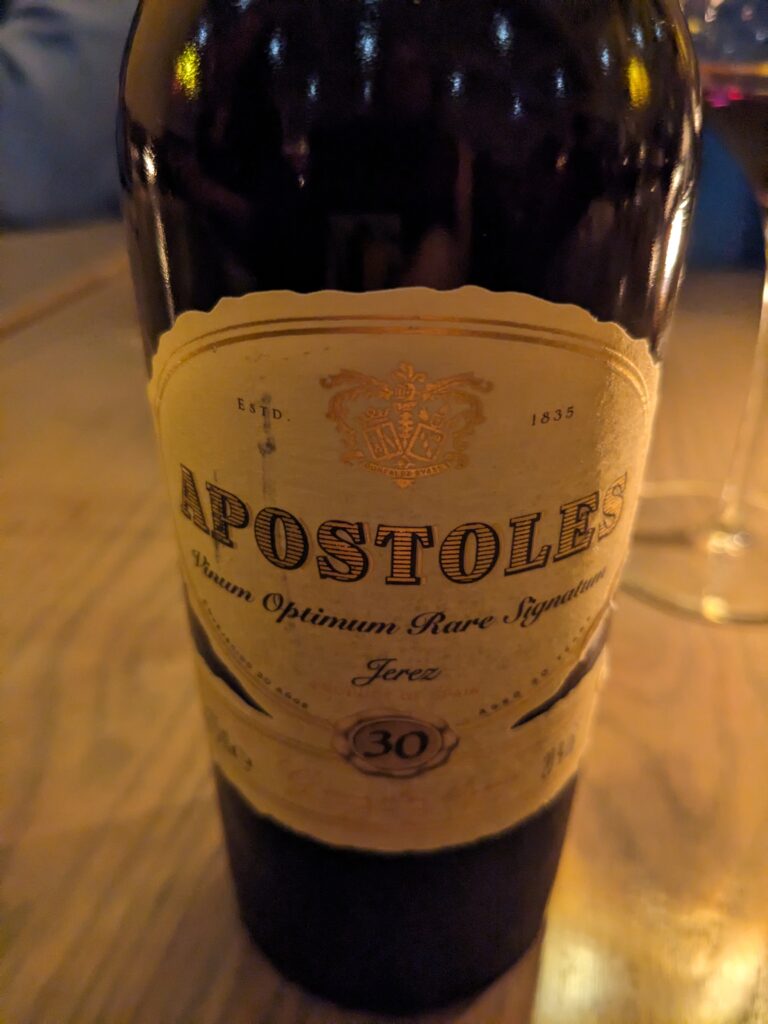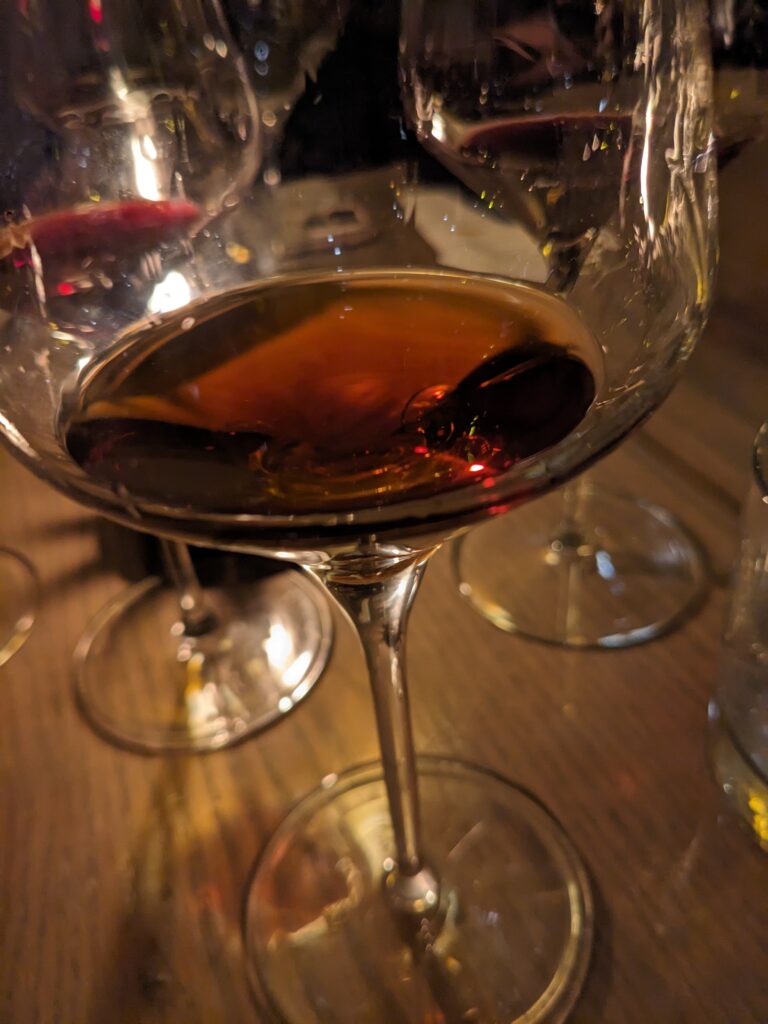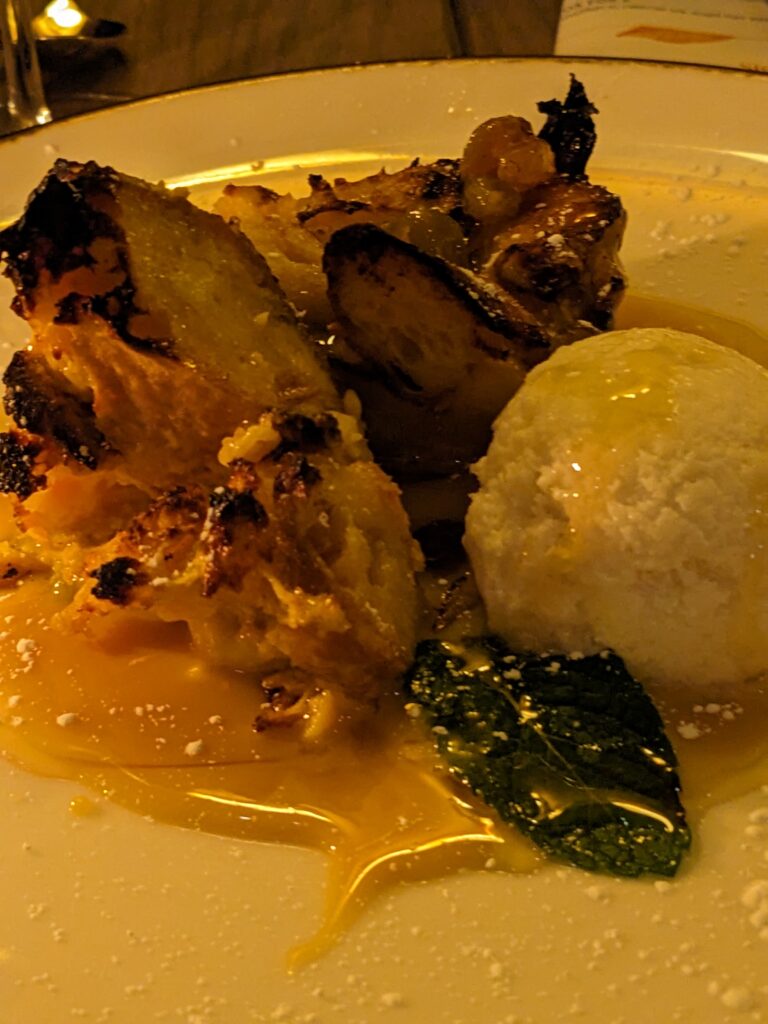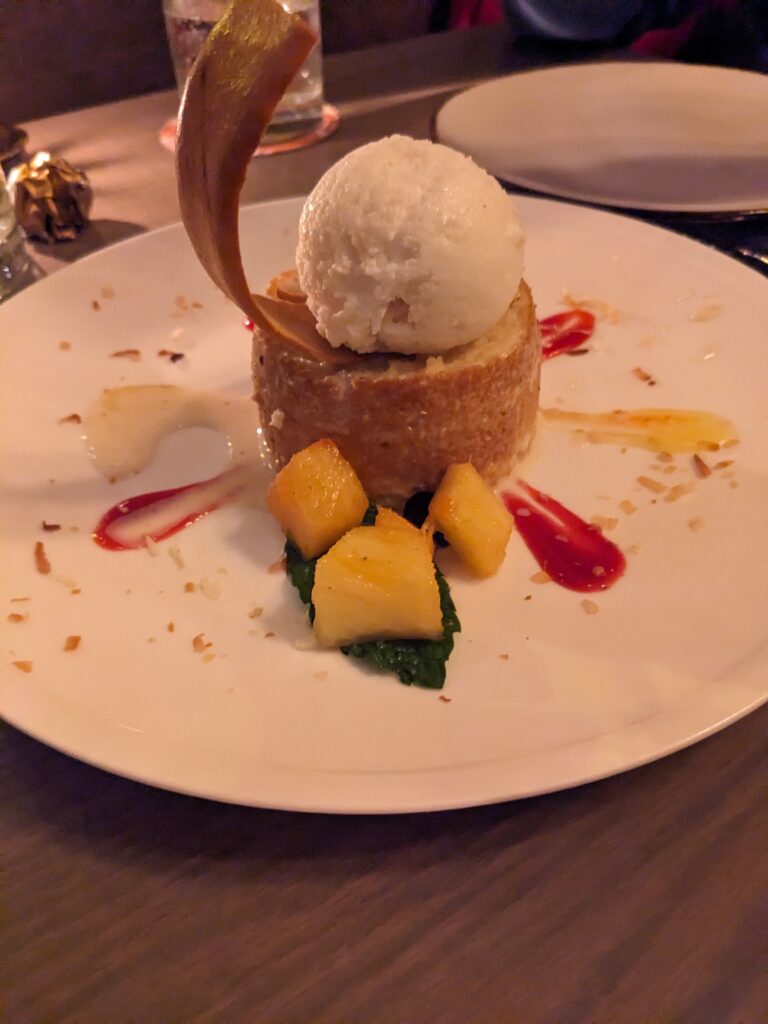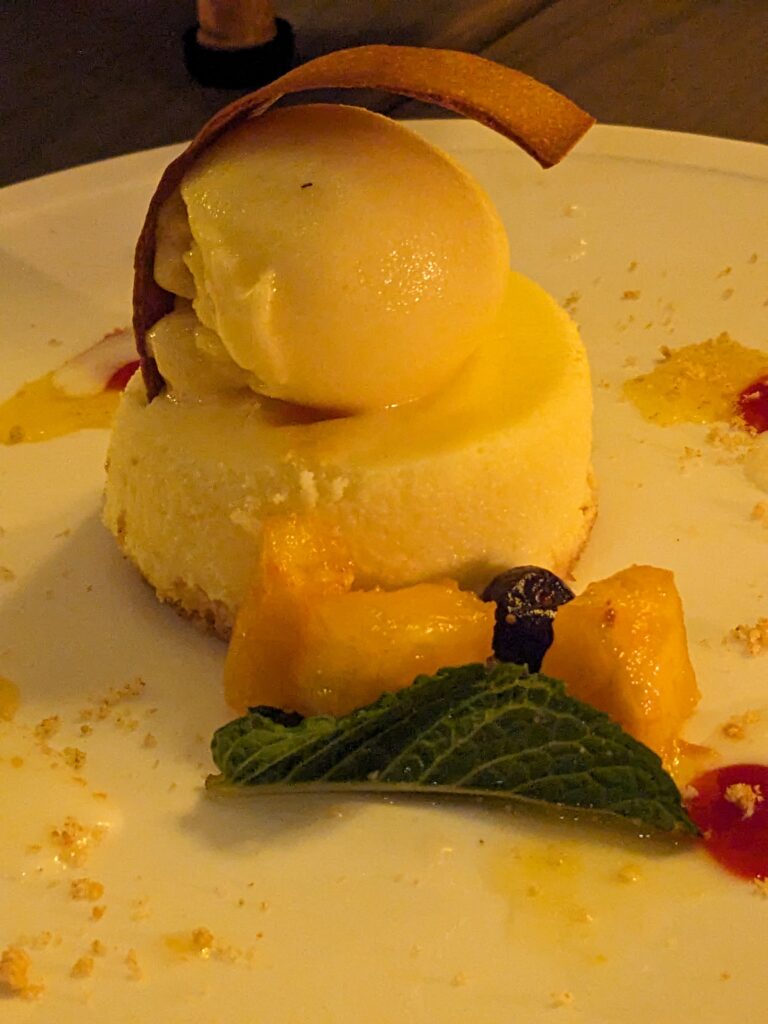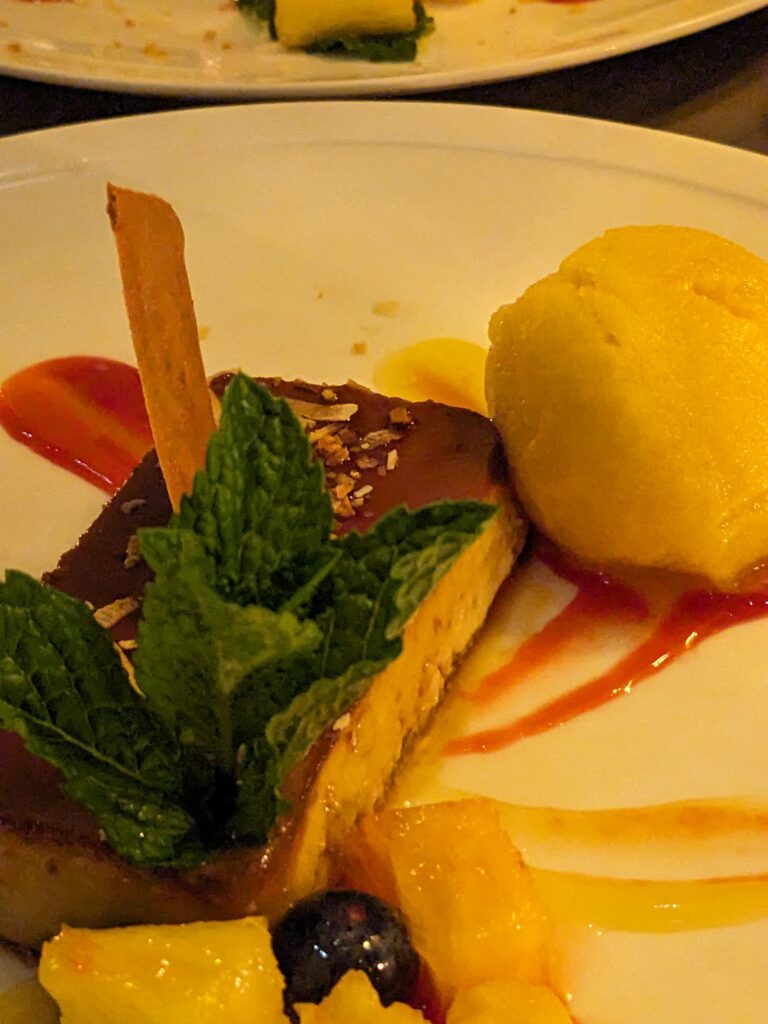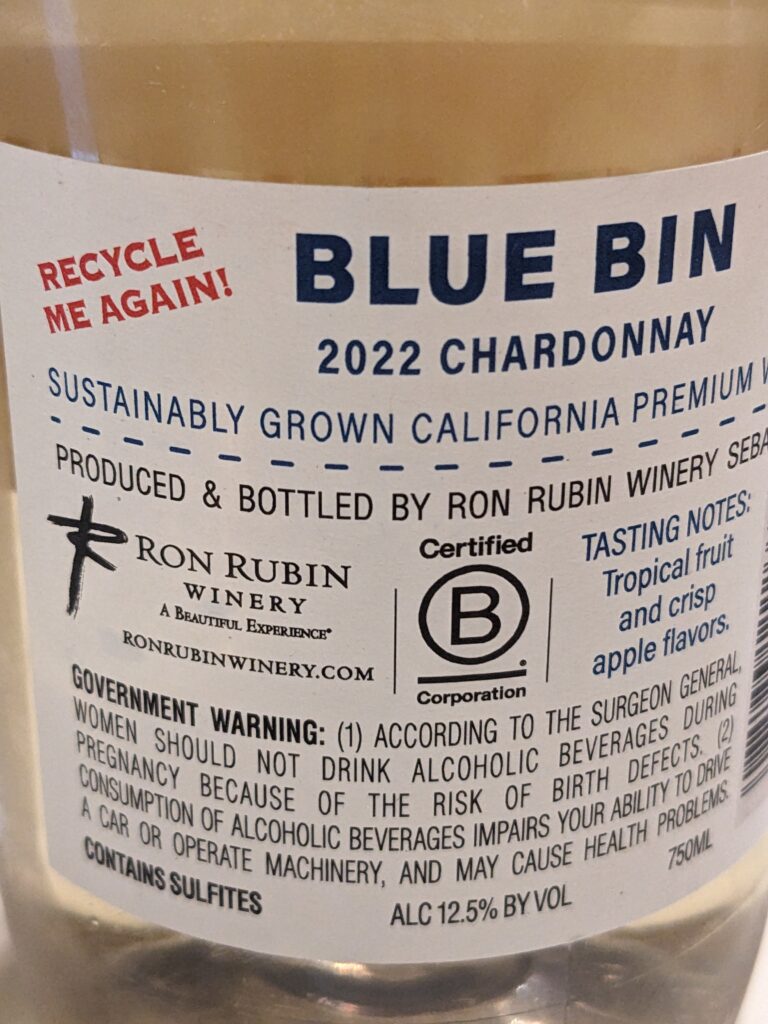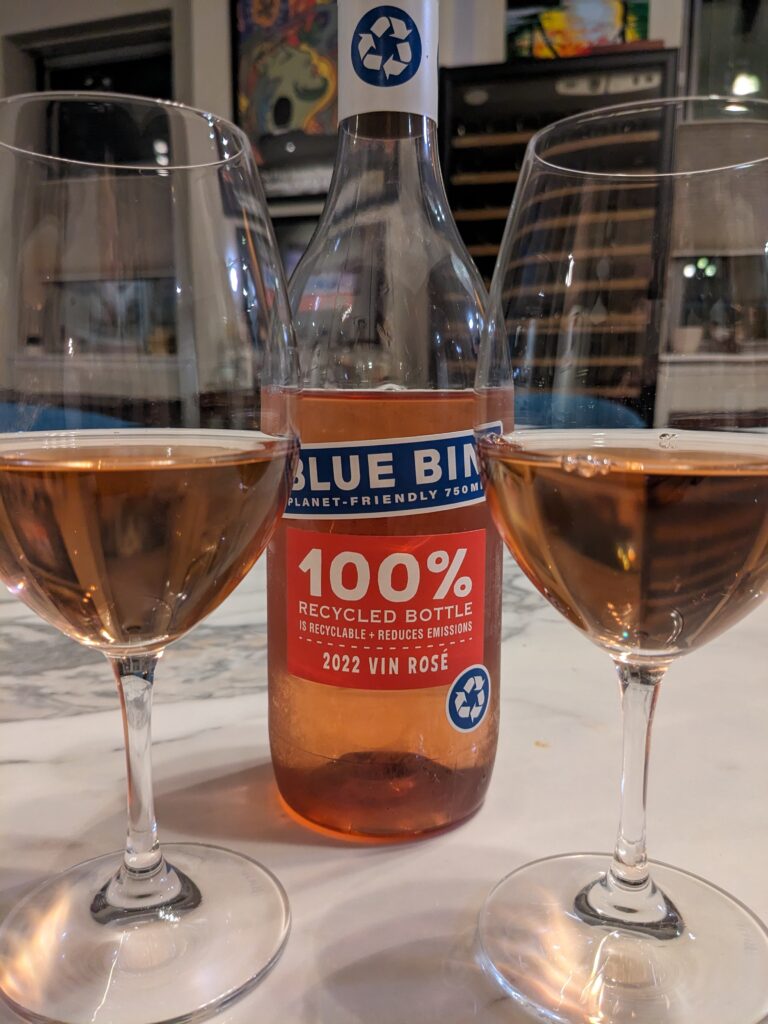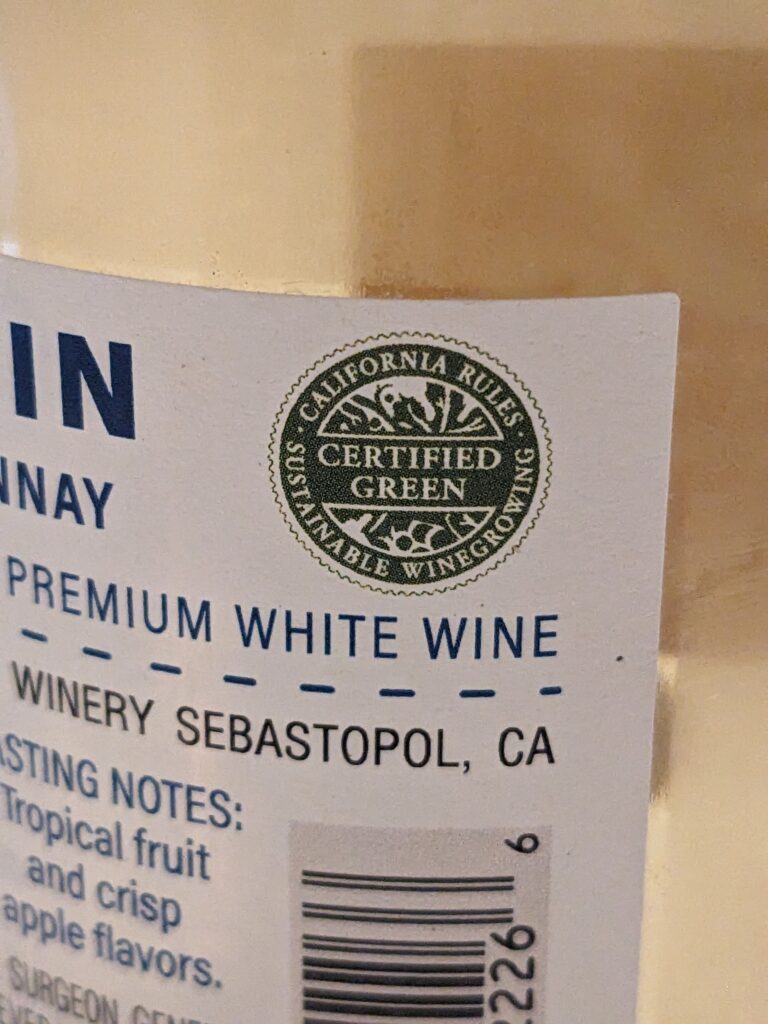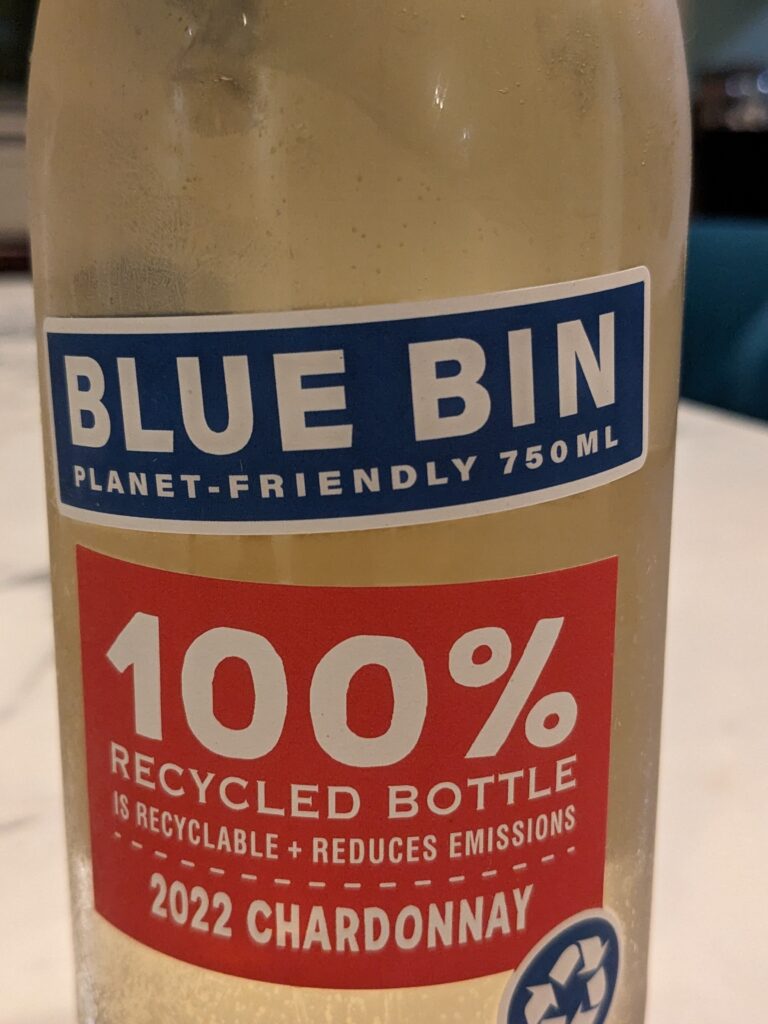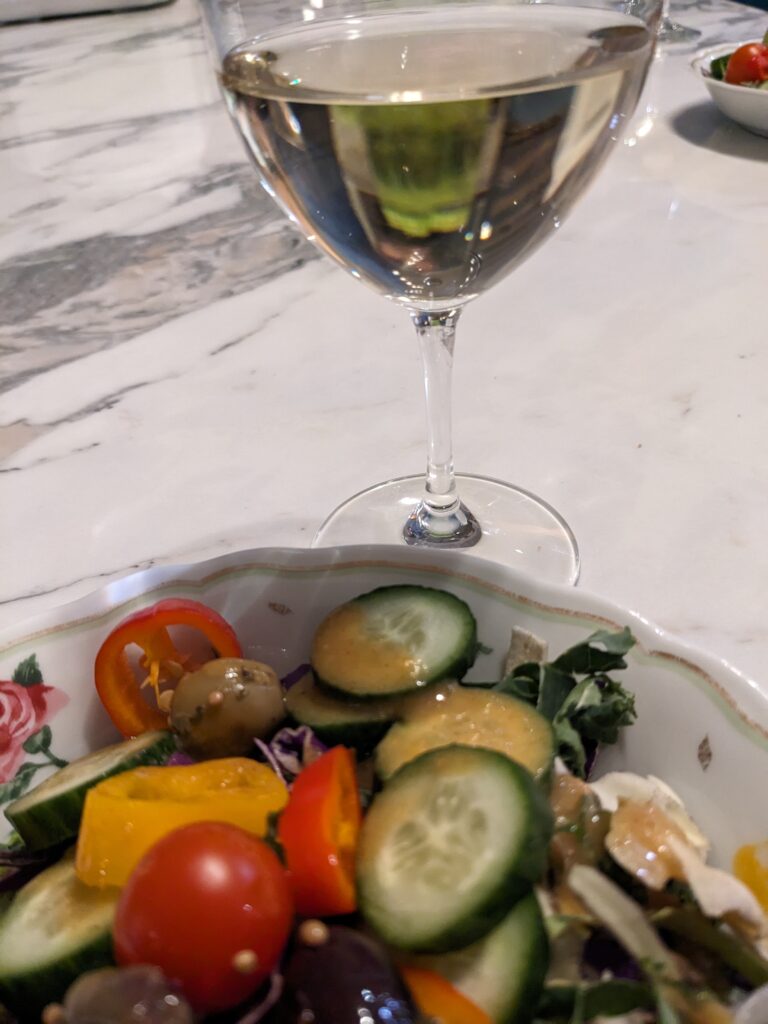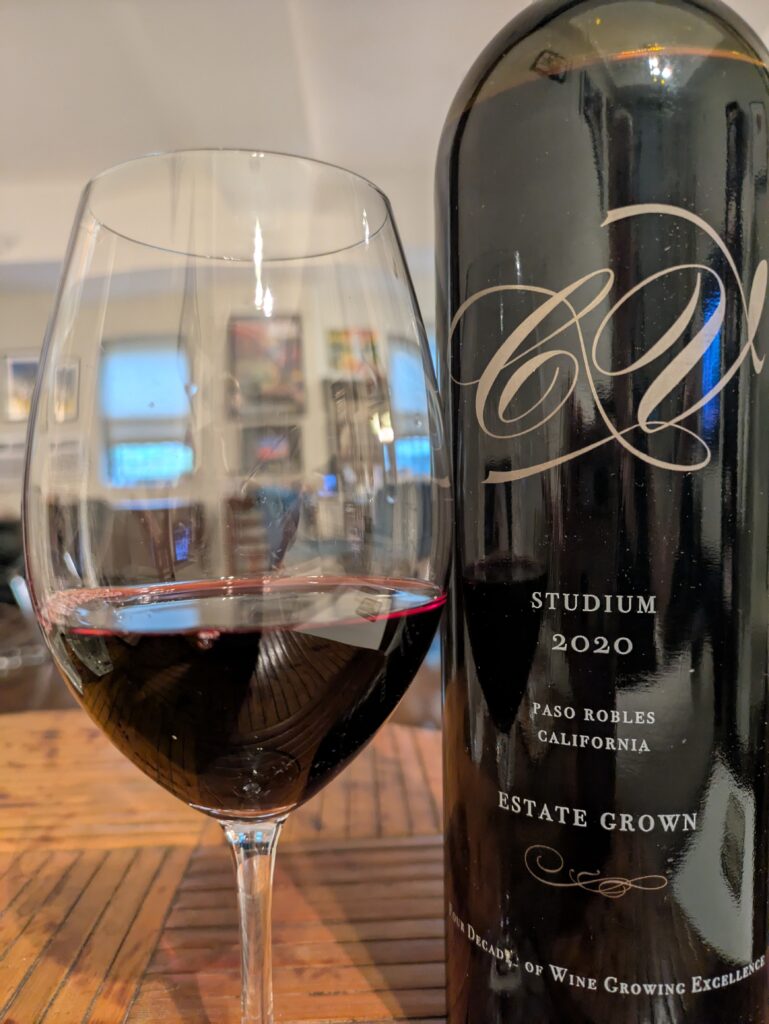
Although less well known than Napa or Sonoma, the California Central Coast wine region of Paso Robles produces high quality wines and has become a wonderful destination for wine tourism.
I first visited the region in 2007 after having participated in the Society of Wine Educator’s conference, which was held in Monterey, CA that year. Post-conference, we headed south to Big Sur and spent a few days enjoying the beautiful Pacific Coast Highway, hiking in state parks and relaxing in our yurt at Treebones Resort.

With a red-eye flight from San Jose to home, we had a full final day of our vacation and we opted to head even further south and spend time getting to know Paso. It did not disappoint and we thoroughly enjoyed our time visiting wineries, including Turley, Lone Madrone, Tobin James and Eberle, among others, and meeting amazing people. Plus, we relished the hot, sunny weather.
Our time in Big Sur had been lovely, but quite cool, rarely getting above 70°F and it has been consistently clouded in fog. Rising early in the morning, we headed due South on CA-1 for about an hour, before reaching the turn off onto CA-46E. As we drove inland, the foggy conditions intensified until we were driving through the thick clouds. We continued carefully, climbing in altitude, until we were literally above the clouds and then free of them altogether, as we completed the final miles of our journey and were met with clear skies, sunshine and 85°F degree weather.
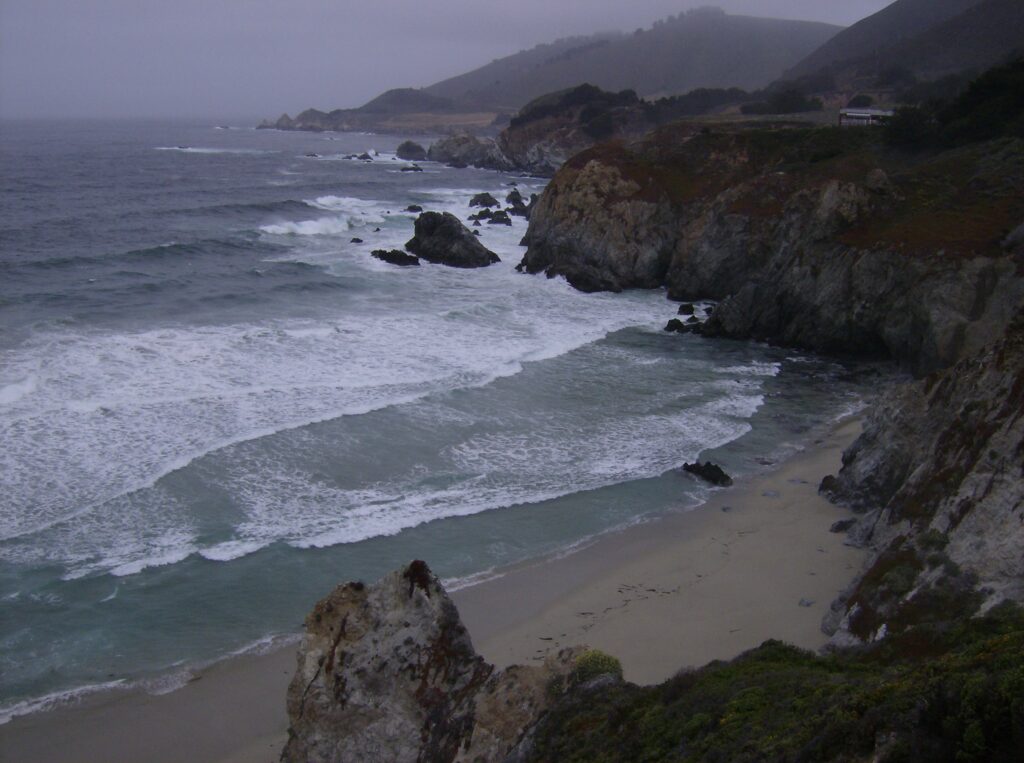

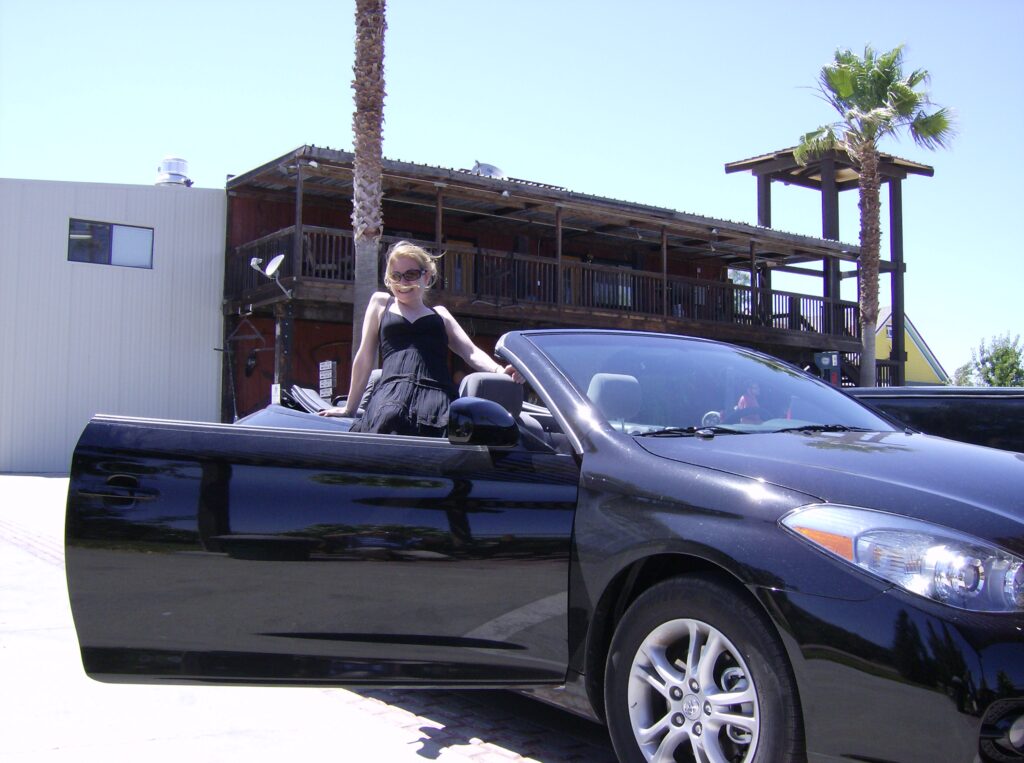
At that point in my wine studies, I had read about how mountains such as the Vosges in Alsace or the Cascades in Washington state protected the eastern-lying areas from cooler climates and wet weather, but it wasn’t until that day that I truly saw it in action.
Hence, Paso Robles is home to a hot summer, Mediterranean climate, providing optimum growing conditions for vineyards. But, it is also home to the state’s largest diurnal temperature swing, varying by as much as 40 degrees in a given day. Consequently, the grapes fully ripen due to the heat with balanced sugar and acid flavors due to the cooler nights. Of course, as in any region, there are various microclimates within.
Initially settled by Native Americans, the area became a gateway to two of the California Missions in the late 1700s and, by the middle of the 19th century, Paso Robles was known as a resort town due to its sulfur springs. And, while wine was produced in the region for the missions, it wasn’t until the 1920s that a more commercial vineyard of 2,000 acres was planted to Petite Syrah and Zinfandel by Ignacy Paderewski, a famous Polish statesman and concert pianist (Source: https://www.prcity.com/377/History-of-Paso-Robles)
By the late 1960s, there was a wine grape growing boom, followed by significant vineyard development in the 1990s, representing a 72% growth. Since then, Paso continues to grow and prosper vinously, increasing from 170 wineries in 2007 to more than 200 wineries today (as per the Paso Robles Wine Country Alliance’s website) and similarly expanding from more than 40 different varieties planted in its vineyards to over 60. (ibid).
Among the vast collection of wineries, I was recently introduced to Continental Vineyards, which has a long history of growing grapes and making wine in Paso. The property was planted in 1973 by Herman Schwartz, with early adoption of sustainable agriculture in the 1980s. Schwartz continued to upgrade his vines, selecting high quality vines for replanting. Ownership of these quality vineyards was transferred in 2006, with a continued emphasis on sustainability. It is presently planted to approximately 713 acres of grapes, including Cabernet Sauvignon, Merlot, Syrah, Chardonnay and others.
Today, the site is home to two sister brands: CV Wines and Broken Earth, cultivating grapes from this legendary vineyard. The former brand is dedicated to Bordeaux varieties while the latter produces a wider range of wines from the diverse varieties grown on the estate. Both brands are California Sustainable Winegrowing Certified. To that end, they have implemented cutting-edge irrigation and water-use strategies, among other practices. Moreover, with more than 50 years of experience and growth (both literally and figuratively), these are beautifully crafted wines that are worth seeking out.
If you are looking for a wine destination this summer, check out Paso Robles. Alternately, the region will be hosting a tasting event in San Jose: Savor Paso on June 27, 2025.
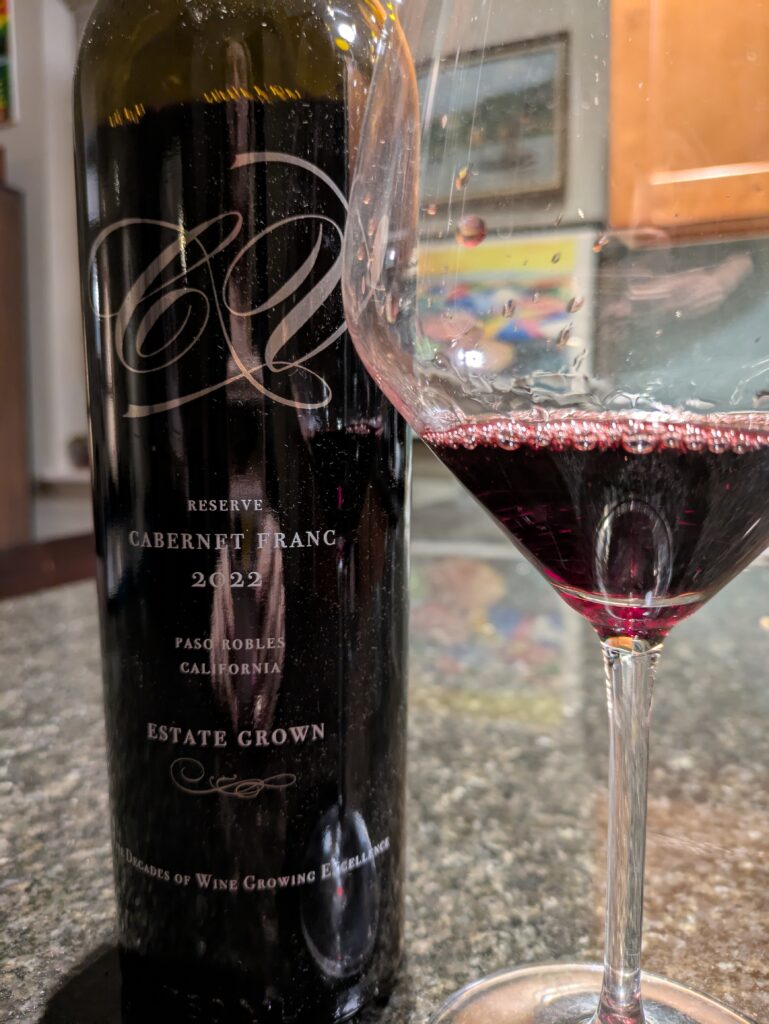
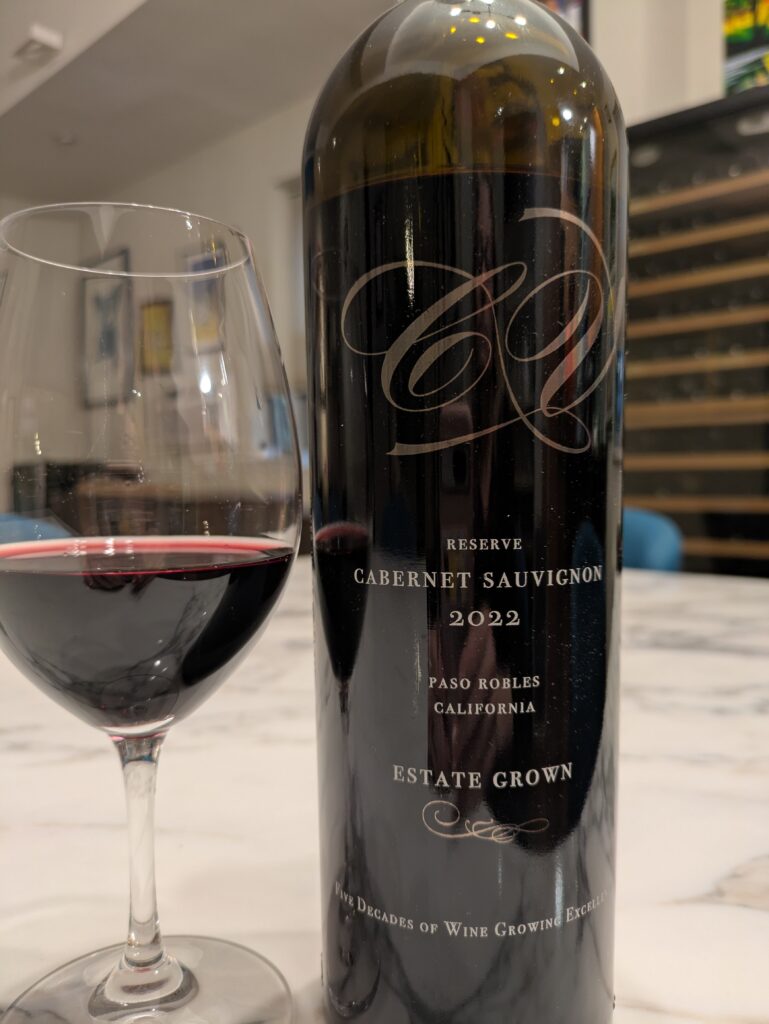
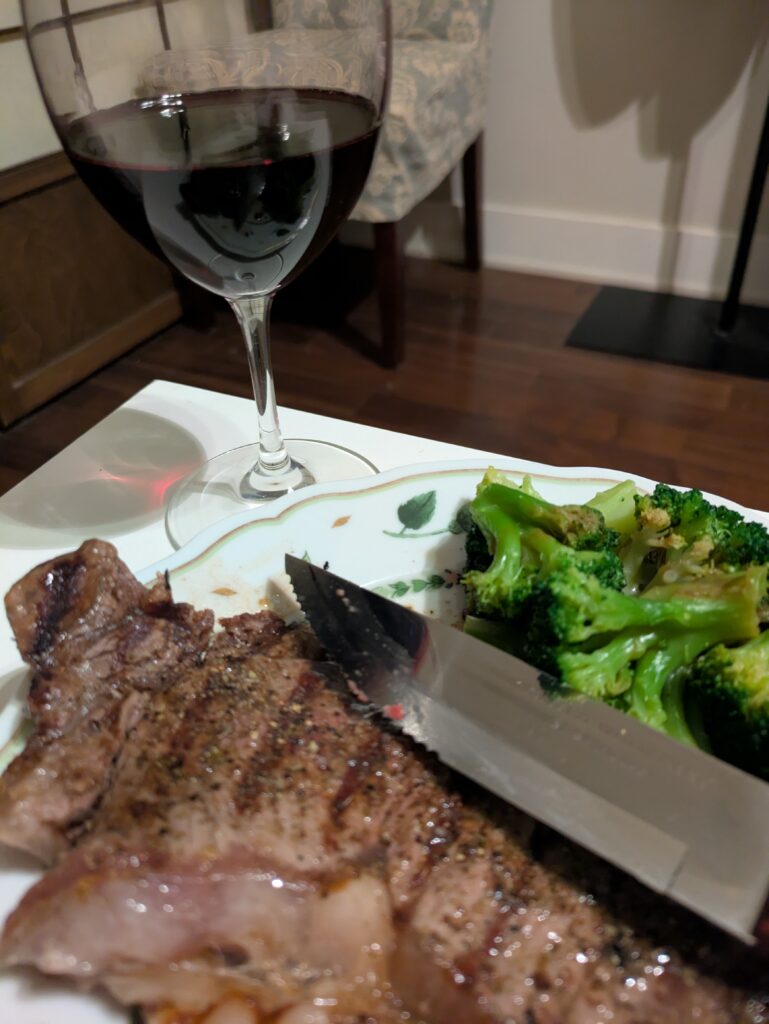
TASTING NOTES
CV Reserve Cabernet Franc 2022, Paso Robles (CA), USA, $80.00
This wine spends 24 months aging in 100% new oak. On the nose, it offers up notes of herbs, spice, oak, mulberry and cranberry. The full-bodied palate has medium acidity, firm tannins and an undercurrent of wet leaves in the long finish.
CV Reserve Cabernet Sauvignon 2022, Paso Robles (CA), USA, $80.00
Also aged for 24 months in new oak, this wine displays aromas of warm red and black fruit, with cedar and slight spice. Complex and balanced, the palate is dry, with ripe fruit; firm, ripe tannins; warmth; good acidity; full body and very long length.
CV Studium 2020, Paso Robles (CA), USA, $80.00
The name of this proprietary blend translates as “house of learning” and is produced with an unspecified mix of Bordeaux grape varieties. Initially aged in neutral oak barrels for 12 months, the wine is then transferred to second use French oak for additional aging. The result is a nose with smoke, leather and black fruit. The palate displays bright acidity, full body and firm, ripe tannins, along with a hint of vanilla and spice, culminating in long length.

